Organic Gardening Tips for Beginners
Welcome to the vibrant world of organic gardening! If you’re a newbie, you might feel a bit overwhelmed by the myriad of information out there. But fear not! This article is your friendly guide to getting your hands dirty and growing your own organic garden. Imagine stepping into your backyard and picking fresh tomatoes, fragrant basil, or crunchy cucumbers—all without the worry of harmful chemicals. Sounds dreamy, right? Well, it’s absolutely possible! In this article, we’ll cover essential tips and techniques that will not only help you cultivate a flourishing garden but also ensure that your gardening journey is sustainable and rewarding.
We’ll dive into the core principles of organic gardening, discuss how to choose the perfect spot for your garden, and explore the importance of healthy soil. You’ll learn about selecting organic seeds, effective pest management strategies, and proper watering techniques. Plus, we’ll share tips on harvesting your produce and storing it for maximum freshness. And remember, organic gardening isn’t just about growing food; it’s a continuous learning experience where you can connect with nature and fellow gardening enthusiasts. So, grab your gardening gloves, and let’s get started on this exciting adventure!
At its core, organic gardening is all about nurturing plants in a way that respects the environment. This means avoiding synthetic fertilizers and pesticides, which can harm the soil, water, and wildlife. Instead, organic gardening emphasizes the use of natural methods to enhance soil health, promote biodiversity, and create a sustainable ecosystem. The benefits of organic gardening are numerous: healthier plants, better tasting produce, and a reduced carbon footprint. Plus, you’re contributing to a healthier planet—talk about a win-win!
So, how does organic gardening differ from conventional practices? While conventional gardening often relies on chemical interventions to boost growth and control pests, organic gardening focuses on building a resilient garden through natural means. This includes crop rotation, composting, and encouraging beneficial insects. Think of your garden as a mini-ecosystem where every element plays a role in maintaining balance and promoting growth.
One of the first and most crucial steps in starting your organic garden is selecting the right location. The ideal spot for your garden should be a place that receives ample sunlight, has good drainage, and is easily accessible for maintenance. Sunlight is particularly important, as most vegetables and flowers need at least six hours of direct sunlight each day to thrive.
To assess sunlight exposure in your chosen area, take some time to observe how the sun moves across your yard. You might want to jot down notes or even sketch a simple map to track which areas get the most light at different times of the day. Remember, different plants have varying sunlight preferences, so understanding these needs is key to a successful garden.
Did you know that morning sun can be more beneficial than afternoon sun? Morning sunlight tends to be gentler and can help dry off dew on leaves, reducing the risk of fungal diseases. On the other hand, afternoon sun can be intense and may lead to heat stress in some plants. When planning your garden, consider the specific sunlight needs of the plants you want to grow.
Not all plants crave full sun! Some vegetables and flowers actually thrive in shaded areas. For instance, leafy greens like spinach and lettuce can do well with less sunlight. If you have a shady spot in your yard, don’t overlook it—there are plenty of shade-tolerant plants that can add beauty and productivity to your garden.
Healthy soil is the foundation of organic gardening. Before planting anything, it’s essential to test your soil to understand its nutrient content and pH level. You can purchase a soil testing kit or send a sample to a local extension service. Based on the results, you may need to amend your soil with organic matter, such as compost or well-rotted manure, to improve its fertility and structure.
Composting is a fantastic way to enrich your soil naturally. By recycling kitchen scraps and yard waste, you can create a nutrient-rich amendment that feeds your plants and improves soil health. Think of compost as the magic potion that turns your garden into a thriving oasis!
When it comes to planting, selecting the right seeds and plants is crucial for your garden’s success. Look for organic seeds, which are produced without synthetic pesticides or fertilizers. You can find these at local nurseries, farmer’s markets, or reputable online retailers. Remember to check for labels that indicate the seeds are certified organic.
Understanding the differences between heirloom and hybrid seeds can help you make informed choices. Heirloom seeds are open-pollinated and have been passed down through generations, often offering unique flavors and characteristics. Hybrid seeds, on the other hand, are bred for specific traits, such as disease resistance or higher yields. Both types have their pros and cons, so consider your gardening goals when making your selection.
Incorporating native plants into your garden can enhance biodiversity and support local wildlife. Native species are adapted to your region’s climate and soil conditions, making them easier to grow and maintain. Plus, they provide essential habitats for pollinators and other beneficial insects. Think of your garden as a sanctuary for local wildlife—by planting native species, you’re contributing to a healthier ecosystem.
Managing pests organically is essential for maintaining plant health. Instead of reaching for chemical pesticides, consider natural methods for pest control. Companion planting is one effective strategy, where you pair plants that benefit each other, helping to deter pests and promote growth. For example, planting marigolds alongside vegetables can help repel aphids and nematodes.
Companion planting involves creating beneficial plant relationships in your garden. Here are some effective combinations:
- Tomatoes and Basil: Basil enhances the flavor of tomatoes and repels certain pests.
- Carrots and Onions: Onions help deter carrot flies.
- Corn, Beans, and Squash (Three Sisters): This trio supports each other’s growth.
Using natural substances to repel pests can protect your plants without harming the environment. Homemade solutions, such as garlic spray or neem oil, can be effective in keeping unwanted insects at bay. Just remember to apply these treatments in the early morning or late evening to avoid harming beneficial insects.
Proper watering is critical for plant health. Overwatering can lead to root rot, while underwatering can stress your plants. It’s essential to find the right balance. Consider the climate, soil type, and the specific needs of your plants when determining your watering schedule.
Drip irrigation is an efficient way to water your plants while conserving water. By delivering water directly to the plant roots, this method reduces evaporation and minimizes water waste. Setting up a drip system can be a game-changer for your garden, ensuring that your plants receive consistent moisture without the hassle of frequent watering.
Mulching offers numerous benefits for your garden. It helps retain moisture, suppress weeds, and improve soil health. Organic mulches, such as straw, wood chips, or shredded leaves, break down over time, adding nutrients to the soil. When applying mulch, aim for a thickness of about 2-3 inches to maximize its effectiveness.
Knowing when and how to harvest your crops is crucial for optimal flavor and nutrition. Each type of fruit or vegetable has its own signs of ripeness. For example, tomatoes should be picked when they are fully colored and slightly soft to the touch, while cucumbers are best harvested when they are firm and still small.
Identifying when fruits and vegetables are ripe ensures the best taste. Here are some visual and tactile cues to look for:
- Tomatoes: Bright red color and slight softness.
- Bell Peppers: Firm and fully colored (green, yellow, or red depending on the variety).
- Squash: Firm skin and a glossy appearance.
Proper storage extends the life of your harvest. Different types of produce have varying storage needs. For instance, root vegetables like carrots and potatoes do well in a cool, dark place, while leafy greens should be kept in the fridge in a breathable container. By understanding how to store your produce, you can maintain its freshness and flavor for longer.
Organic gardening is an ongoing journey of learning. Each season brings new challenges and experiences, and there’s always something new to discover. Don’t be afraid to experiment and adapt your practices as you gain more knowledge. Remember, even seasoned gardeners learn from their mistakes!
Engaging with local gardening groups can provide invaluable support and knowledge. Whether it’s through social media, community gardens, or local gardening clubs, connecting with fellow gardeners can inspire you and help you overcome challenges. Sharing experiences and tips can make your gardening journey even more enjoyable.
Documenting your gardening journey helps track progress and learn from mistakes. A gardening journal can be a simple notebook where you jot down planting dates, observations, and reflections. This practice not only helps you remember what worked and what didn’t but also allows you to plan for future seasons with confidence.
Q: What is organic gardening?
A: Organic gardening focuses on growing plants without synthetic fertilizers or pesticides, using natural methods to promote healthy soil and plant growth.
Q: How can I start an organic garden?
A: Begin by choosing a suitable location, preparing healthy soil, selecting organic seeds, and implementing pest management strategies. Don’t forget to keep learning as you go!
Q: What are some common pests in organic gardens?
A: Common pests include aphids, slugs, and caterpillars. You can manage them using natural deterrents and companion planting.
Q: How often should I water my plants?
A: Watering frequency depends on factors like climate, soil type, and plant needs. Generally, it’s best to water deeply and less frequently to encourage strong root growth.
Q: Can I grow vegetables in containers?
A: Absolutely! Container gardening is a great option for small spaces. Just ensure your containers have good drainage and use high-quality potting soil.
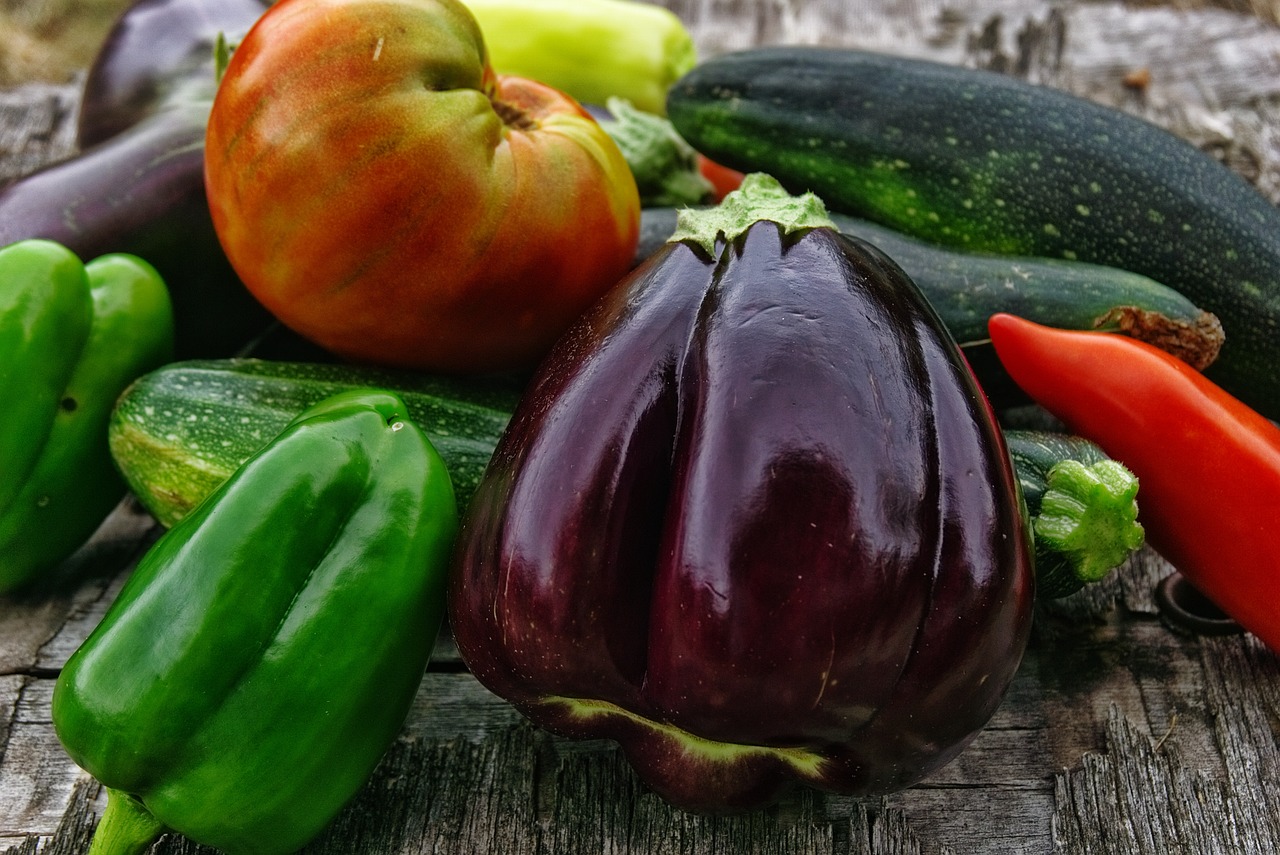
Understanding Organic Gardening
Organic gardening is not just a method of growing plants; it's a philosophy that embraces a holistic approach to nurturing life. This gardening style primarily focuses on cultivating plants without the use of synthetic fertilizers or pesticides. Instead, it emphasizes the use of natural processes and materials, fostering a sustainable ecosystem that benefits both the gardener and the environment. Imagine your garden as a small, self-sustaining universe where every element plays a role in maintaining balance.
One of the core principles of organic gardening is the idea of building healthy soil. Healthy soil is teeming with microorganisms, nutrients, and organic matter that support plant growth. By enriching the soil with compost, natural amendments, and crop rotation, you create a vibrant habitat for plants. This is a stark contrast to conventional gardening, where chemical inputs are often used to boost plant growth at the expense of soil health.
Another significant benefit of organic gardening is its positive impact on the environment. By avoiding harmful chemicals, you contribute to the protection of local wildlife, waterways, and the overall ecosystem. Organic practices promote biodiversity, which is essential for a resilient garden. For instance, incorporating a variety of plants can attract beneficial insects that naturally control pests, reducing the need for chemical interventions.
When you choose organic gardening, you're not just growing food; you're also taking a stand for sustainability. You’re saying no to the harmful effects of synthetic chemicals and yes to a healthier planet. This approach aligns with the growing movement towards sustainable living, where individuals seek to minimize their ecological footprint. So, why not start your gardening journey on the right foot? Embrace organic practices, and you'll reap the rewards in more ways than one!
In summary, organic gardening is about more than just avoiding chemicals; it’s about creating a thriving ecosystem that supports plant health and biodiversity. By understanding its principles and benefits, you can make informed decisions that lead to a successful and sustainable gardening experience. Ready to dig deeper? Let’s explore how to set up your garden for success!

Choosing the Right Location
When it comes to organic gardening, one of the most crucial steps is for your garden. Think of it as picking the perfect spot for a picnic; you want somewhere that’s sunny, accessible, and comfortable. The location you select will significantly impact the health and productivity of your plants. So, what should you look for? Well, let’s dive into the key factors that will help your garden thrive.
First and foremost, sunlight is a game-changer. Most vegetables and flowers need at least six hours of direct sunlight each day. Without adequate light, your plants might struggle to grow, resulting in a lackluster harvest. Take some time to observe your potential garden area throughout the day. Are there any tall trees or buildings that might cast shadows? Remember, just like us, plants love a good sunbath!
Next up is drainage. Nobody wants a soggy garden, right? Poor drainage can lead to root rot and other issues that can kill your plants faster than you can say “organic.” Ideally, your garden should be on slightly elevated ground where water can drain away easily. If your selected area tends to pool water after a rainstorm, consider raised beds or amending the soil to improve drainage.
Accessibility is another important factor. You want to be able to reach your garden easily for watering, weeding, and harvesting. Think about how often you’ll be in and out of your garden. If it’s too far from your home, you might find yourself neglecting it. A garden that’s easy to access will encourage you to spend more time nurturing your plants.
As mentioned earlier, sunlight is a non-negotiable when it comes to plant health. But did you know that different plants have varying sunlight preferences? Some thrive in full sun, while others prefer a bit of shade. Here’s a quick breakdown:
| Plant Type | Sunlight Preference |
|---|---|
| Tomatoes | Full Sun (6-8 hours) |
| Spinach | Partial Shade |
| Radishes | Full Sun |
| Lettuce | Partial Shade |
This table can help you determine which plants are suitable for your garden, depending on the sunlight they’ll receive. Remember, it’s all about matching your plants to their ideal conditions!
Now, let’s talk about the difference between morning and afternoon sun. Morning sun is typically gentler and provides a great start for your plants, helping to dry dew and prevent fungal diseases. On the other hand, afternoon sun can be intense, which is fantastic for heat-loving plants but may be too much for more delicate varieties. Think of it like a warm hug in the morning versus a scorching embrace in the afternoon—both have their benefits and drawbacks!
If you have a spot that doesn’t get full sun, don’t worry! There are plenty of plants that thrive in shaded areas. For example, leafy greens like kale and arugula can do quite well with limited sunlight. Incorporating these shade-tolerant plants into your garden can create a diverse ecosystem that benefits both your garden and local wildlife.
In conclusion, the right location can make or break your organic gardening experience. By considering factors such as sunlight, drainage, and accessibility, you can set yourself up for gardening success. So, take your time to find that perfect spot, and watch your garden flourish!
- How much sunlight do my plants really need? Most vegetables require at least 6 hours of sunlight daily, while some shade-tolerant plants can thrive with less.
- What if my garden area has poor drainage? Consider building raised beds or adding organic matter to improve soil drainage.
- Can I grow plants in partial shade? Absolutely! Many plants, including certain greens and herbs, do well in partial shade.
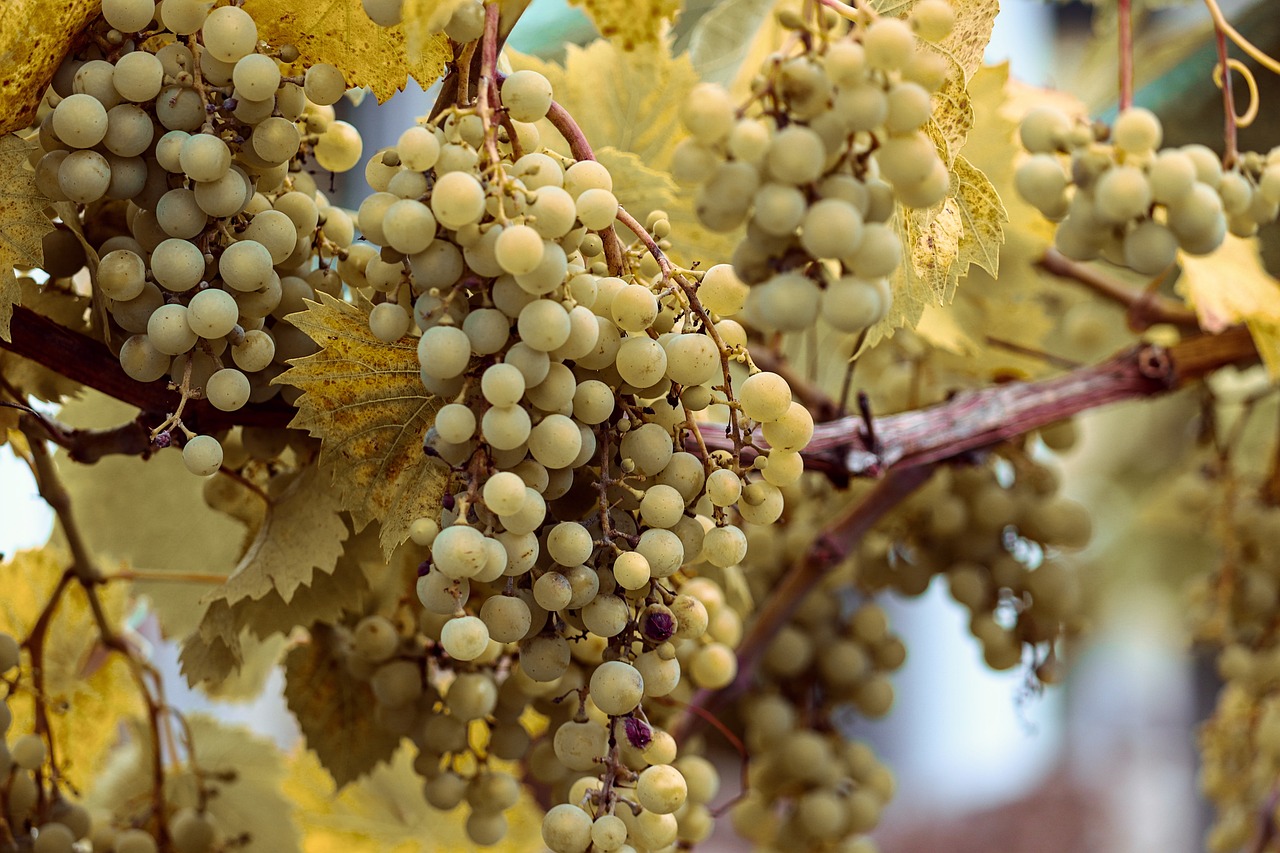
Sunlight Requirements
When it comes to gardening, sunlight is one of the most critical factors that can make or break your plant's health. Most vegetables and flowers require at least six hours of direct sunlight each day to thrive. This means that choosing the right spot for your garden is essential—not just for aesthetics, but for the well-being of your plants. Imagine your garden as a stage, and sunlight as the spotlight; without it, your plants simply can't perform their best!
To assess sunlight exposure in your chosen garden area, you might want to consider a few key factors. First, spend a day observing how the sun moves across your yard. Take notes on which areas receive the most sunlight and for how long. You can even use a simple sunlight chart to keep track of your findings:
| Time of Day | Sunlight Exposure (Hours) | Notes |
|---|---|---|
| 6 AM - 9 AM | 2 | Morning sun, ideal for most plants |
| 9 AM - 12 PM | 3 | Full sun, great for heat-loving plants |
| 12 PM - 3 PM | 2 | Strong sunlight, can stress some plants |
| 3 PM - 6 PM | 3 | Afternoon sun, beneficial for late bloomers |
Now, let’s talk about the differences between morning sun and afternoon sun. Morning sun is often considered the best for many plants because it warms them up gradually, reducing the risk of stress and disease. It’s like a gentle wake-up call for your plants, allowing them to start their day fresh and ready to grow. On the other hand, afternoon sun can be intense and, depending on your climate, it may lead to overheating for some plants. Think of it as that friend who always brings the party—great in moderation, but overwhelming in excess!
However, not all plants are created equal. Some plants are shade-tolerant and can thrive with less sunlight. If you have areas in your garden that receive filtered light or only a few hours of sun, don’t fret! You can still grow a variety of vegetables and flowers, such as:
- Leafy greens like spinach and lettuce
- Root vegetables such as carrots and beets
- Some herbs like mint and parsley
These shade-loving plants can add diversity to your garden while also making good use of the less sunny spots. By understanding the sunlight requirements of various plants, you can create a harmonious garden ecosystem where every plant can thrive.
- How much sunlight do tomatoes need? Tomatoes typically require at least 6-8 hours of direct sunlight per day for optimal growth.
- Can I grow plants in partial shade? Yes! Many plants, including leafy greens and certain herbs, thrive in partial shade.
- What should I do if my garden is too shady? Consider planting shade-tolerant plants or trimming back trees and shrubs to allow more sunlight in.
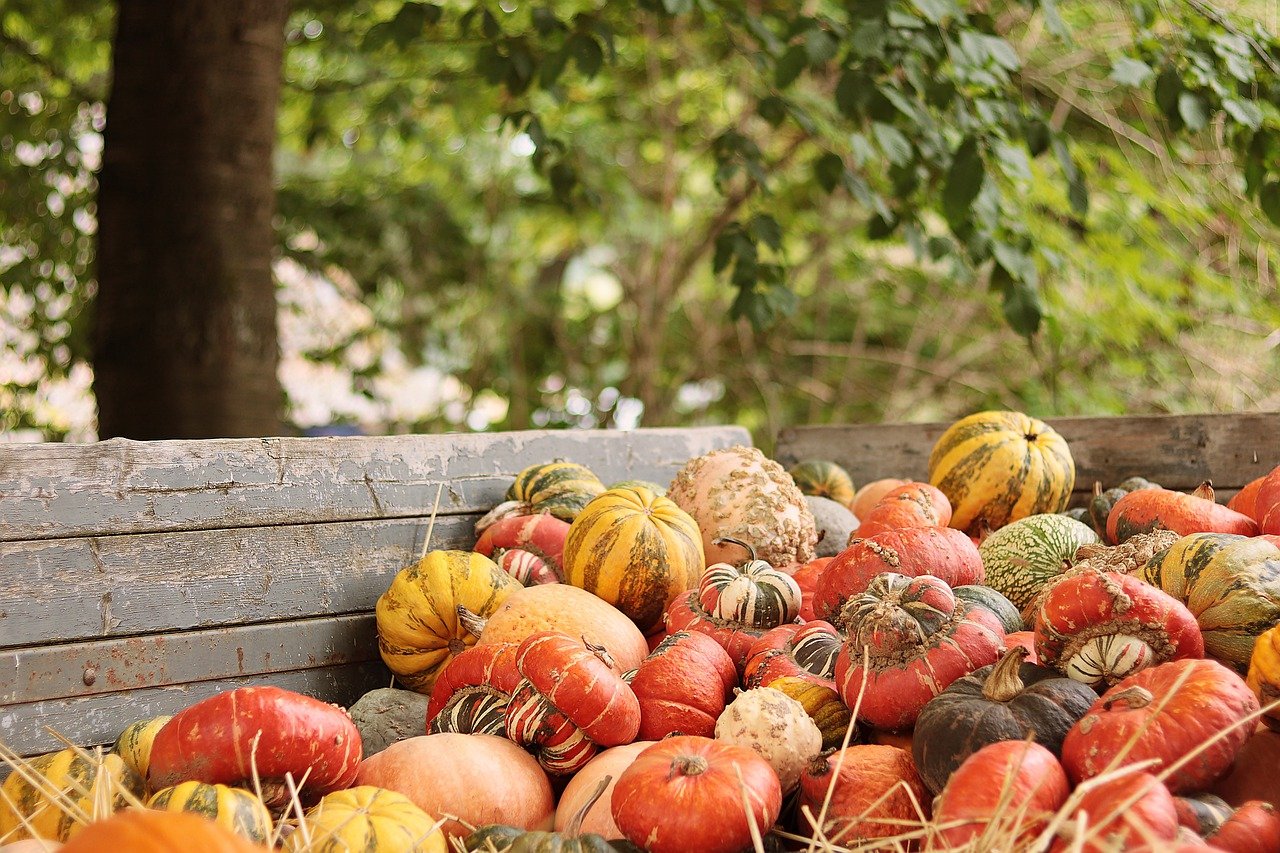
Morning vs. Afternoon Sun
When it comes to nurturing your plants, understanding the differences between morning and afternoon sunlight can be a game changer. Plants are like us; they have preferences, and knowing these can lead to a flourishing garden. Morning sun is often considered the gold standard for many plants. Why, you ask? Well, the gentle rays of the morning sun warm the soil and encourage photosynthesis without the harshness of intense heat. This is especially beneficial for tender seedlings and delicate flowers that might struggle under the blistering afternoon sun.
On the flip side, afternoon sun can be quite intense and can lead to stress for certain plants. The risk of leaf scorch increases, especially during the hotter months. However, some plants actually thrive in this intense light and heat, making it essential to know your specific plant varieties. For instance, tomatoes and peppers love basking in the afternoon sun, soaking up all that energy to produce juicy fruits. It’s all about finding the right balance!
Here's a quick breakdown of the benefits of each:
| Sun Type | Benefits | Best for |
|---|---|---|
| Morning Sun | Gentle warmth, less evaporation, promotes healthy growth | Seedlings, delicate flowers, leafy greens |
| Afternoon Sun | Intense light, ideal for heat-loving plants | Tomatoes, peppers, squash |
So, how do you determine which sunlight your garden receives? A simple way is to observe your garden throughout the day. Take note of how many hours each area gets sunlight and at what times. If your garden is shaded by trees or structures, consider pruning or relocating your plants to ensure they get the right amount of light. Remember, every plant has its own needs, and catering to those will make your gardening journey more rewarding!
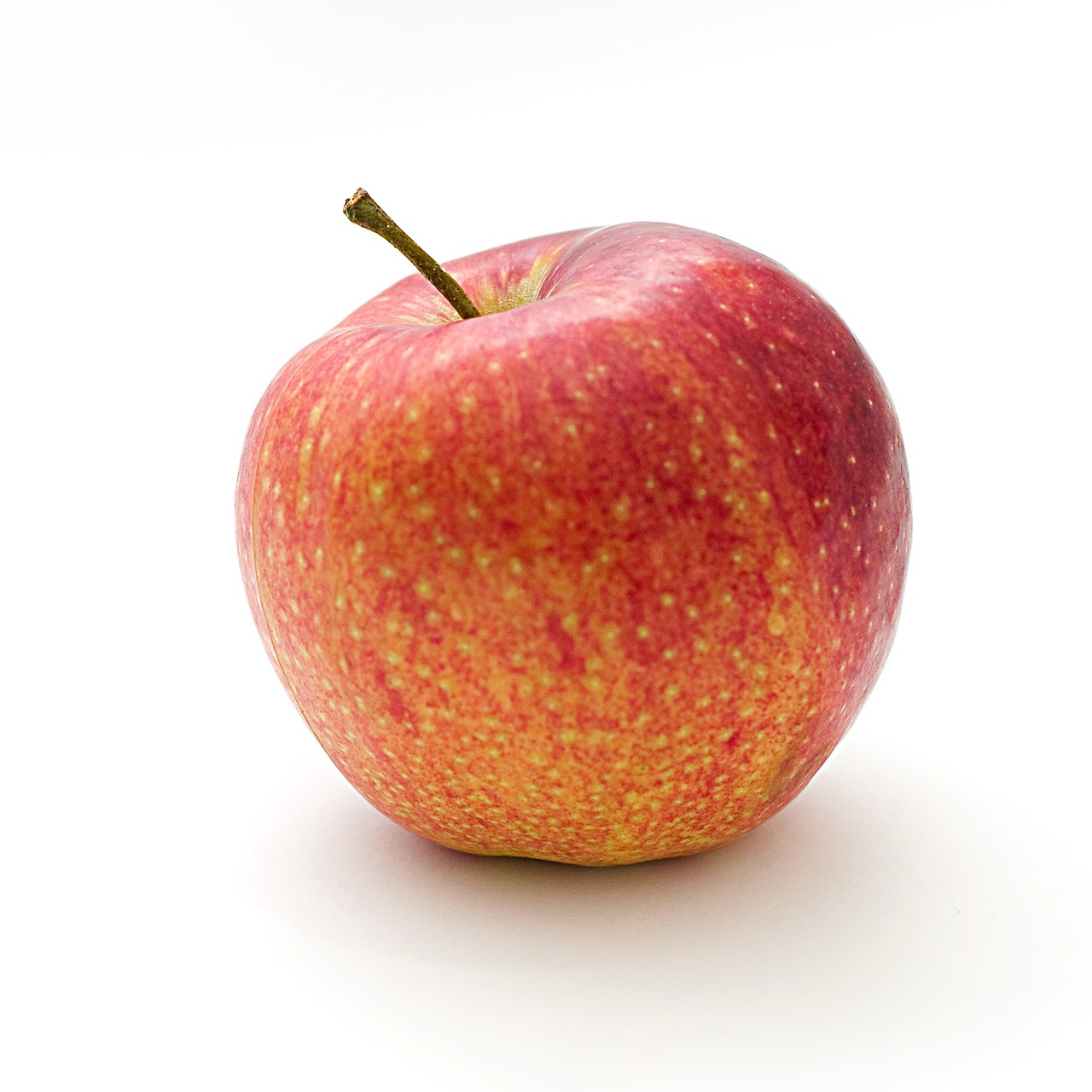
Shade Tolerance
When it comes to gardening, not all plants are created equal, especially regarding their ability to thrive in shaded areas. Understanding which plants can flourish with limited sunlight is essential for creating a diverse and vibrant garden. While many traditional vegetables and flowers prefer full sun, there are plenty of options that can thrive in the shadows, bringing life and color to those tricky spots in your yard.
Shade-tolerant plants are often those that have adapted to grow under the canopy of larger trees or in naturally shaded environments. These plants typically have larger leaves that help them capture more sunlight, making them efficient at photosynthesis even with reduced light. Some popular shade-tolerant options include:
- Hostas: Known for their lush foliage, hostas come in various sizes and colors, making them perfect for adding texture to your garden.
- Ferns: These ancient plants thrive in low-light conditions and can add a delicate, feathery touch to your garden.
- Astilbe: With its stunning plume-like flowers, astilbe adds a splash of color to shaded areas while being a favorite among pollinators.
- Shade-tolerant vegetables: Some vegetables, such as spinach, kale, and certain varieties of lettuce, can grow well in partial shade, offering you fresh greens even in less sunny spots.
Incorporating shade-tolerant plants into your garden not only enhances its aesthetic appeal but also promotes biodiversity. These plants can serve as a habitat for various beneficial insects and wildlife, contributing to a more balanced ecosystem. Moreover, they can help improve soil health by preventing erosion and maintaining moisture levels.
When planning your garden layout, consider grouping shade-tolerant plants together. This not only creates a visually appealing arrangement but also ensures that these plants receive the specific care they need. For instance, you might want to plant ferns alongside hostas to create a lush, green corner that thrives without direct sunlight.
In conclusion, embracing shade-tolerant plants is a fantastic way to make the most of your garden space, regardless of how much sunlight it receives. By understanding the unique needs of these plants and selecting the right varieties, you can create a thriving garden that is both beautiful and sustainable.
Q1: Can I grow vegetables in shady areas?
A1: Yes, certain vegetables like spinach, kale, and some types of lettuce can thrive in partial shade. It's essential to choose the right varieties that are known for their shade tolerance.
Q2: How do I know if my garden area is too shady?
A2: If your chosen spot receives less than 4 hours of direct sunlight per day, it may be too shady for sun-loving plants. However, shade-tolerant plants can still thrive in these conditions.
Q3: What are some benefits of growing shade-tolerant plants?
A3: Shade-tolerant plants can help improve biodiversity, prevent soil erosion, and maintain moisture levels in your garden. They also add beauty and variety to shaded areas.
Q4: How do I care for shade-tolerant plants?
A4: While shade-tolerant plants generally require less sunlight, they still need proper watering and soil care. Regularly check the soil moisture and provide organic mulch to retain moisture and suppress weeds.
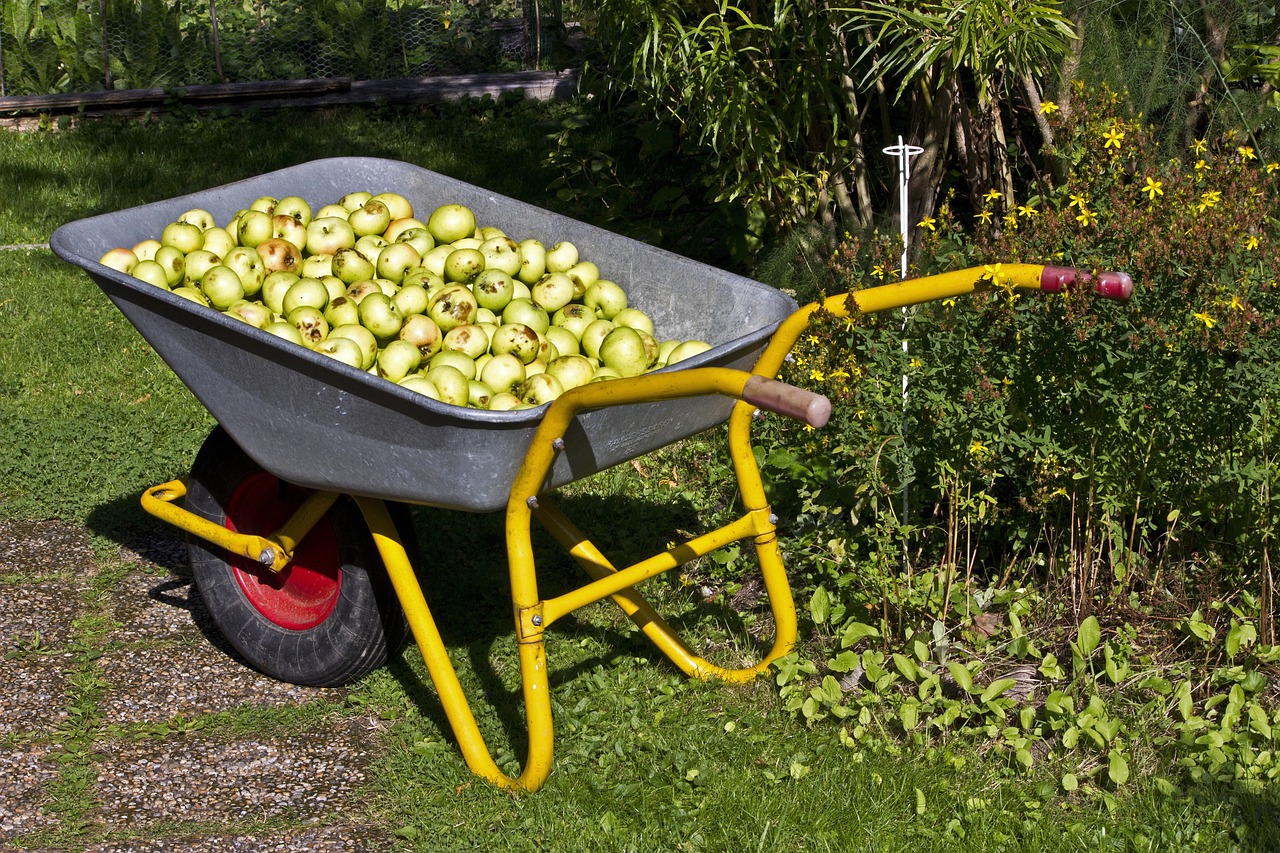
Soil Preparation
Soil preparation is the cornerstone of successful organic gardening. Without healthy soil, your plants will struggle to thrive, and you may end up disappointed with your gardening efforts. So, how do you ensure your soil is ready for planting? First, you need to test your soil. This step is crucial because it helps you understand the pH level and nutrient content of your soil. You can purchase a soil testing kit from a local garden center or send a sample to a lab for a more detailed analysis. Knowing your soil's composition allows you to make informed decisions about amendments you may need to add.
Once you have your soil test results, it's time to amend the soil. Depending on the results, you might need to add organic matter like compost, well-rotted manure, or peat moss. These amendments not only improve soil structure but also enhance its nutrient-holding capacity. For instance, compost is a fantastic addition because it enriches the soil with essential nutrients and helps retain moisture. Aim to incorporate at least 2 to 3 inches of compost into the top 6 to 12 inches of soil. This will create a nutrient-rich environment that encourages healthy root development.
Another important aspect of soil preparation is tilling. Tilling helps to aerate the soil and break up any compacted areas, allowing roots to penetrate more easily. However, be cautious not to over-till, as this can disrupt the soil structure and harm beneficial organisms. A good rule of thumb is to till only when necessary and to do so gently. After tilling, you might also consider adding a layer of mulch to help retain moisture and suppress weeds. Mulch acts like a protective blanket for your soil, keeping it cool in the summer and warm in the winter.
Lastly, remember that soil health is an ongoing process. It’s not just about preparing the soil once and forgetting about it. Regularly adding organic matter, practicing crop rotation, and minimizing soil disturbance will help maintain its health over time. This proactive approach not only supports your current plants but also sets the stage for future gardening success.
Q: How often should I test my soil?
A: It is recommended to test your soil every 2-3 years to monitor nutrient levels and pH balance.
Q: What is the best type of compost to use?
A: Well-aged compost made from a mix of green and brown materials is ideal as it provides a balanced nutrient profile.
Q: Can I use chemical fertilizers in organic gardening?
A: No, organic gardening strictly prohibits the use of synthetic fertilizers and pesticides. Focus on natural amendments instead.
Q: How do I know if my soil is too compacted?
A: If water pools on the surface or roots struggle to penetrate the soil, it may be compacted. Aerating the soil can help alleviate this issue.
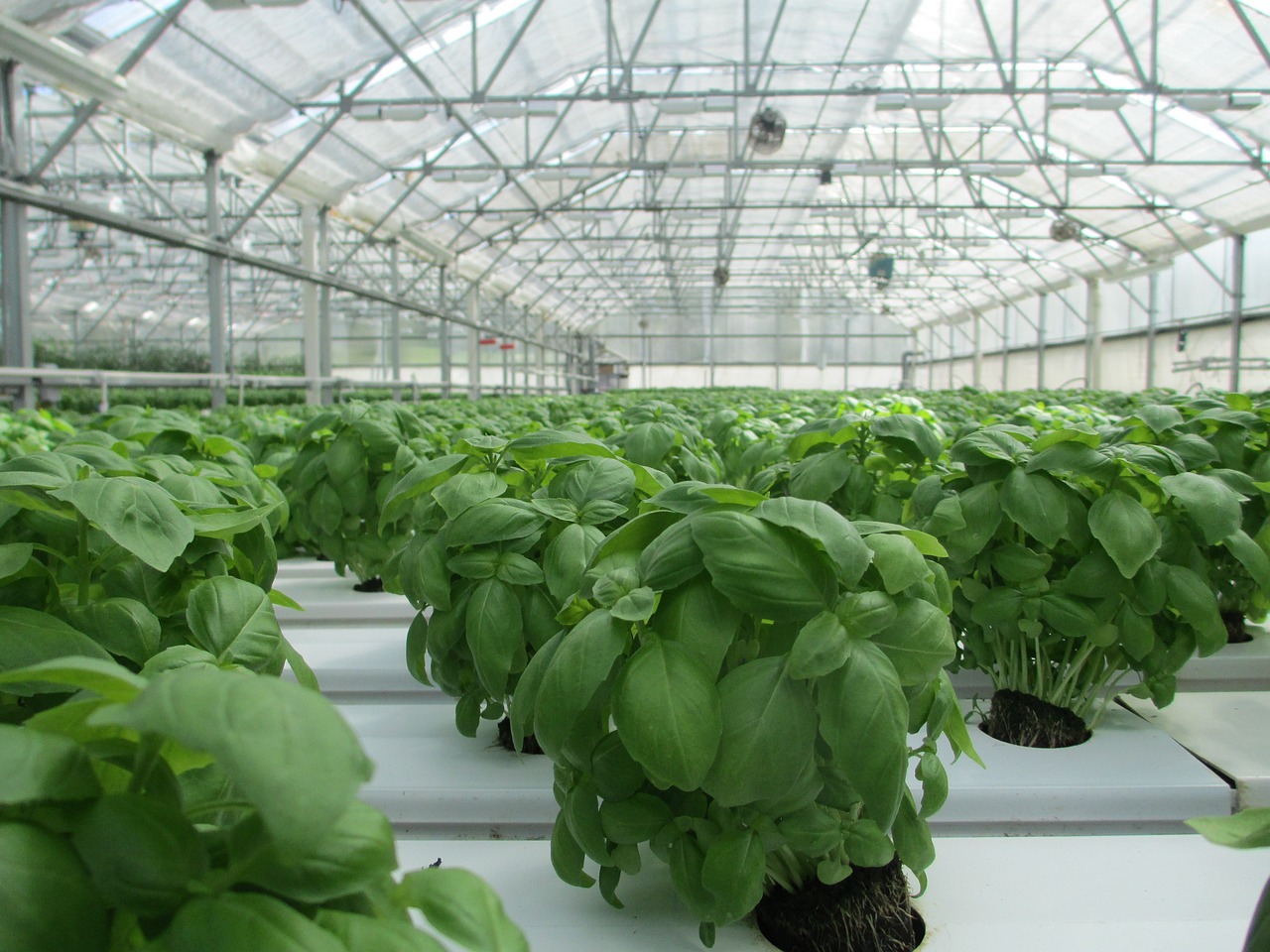
Choosing Organic Seeds and Plants
When diving into the world of organic gardening, one of the most exciting yet crucial steps is choosing the right seeds and plants. It's like picking the ingredients for a delicious recipe; the quality and type of seeds you choose can significantly impact your gardening success. Organic seeds are sourced from plants that have been grown without the use of synthetic fertilizers or pesticides, ensuring that your garden remains a safe haven for both you and the environment.
So, how do you go about selecting the best organic seeds? First, consider the climate and soil conditions in your area. Different plants thrive in different environments, so it’s essential to choose varieties that are well-suited to your local climate. For instance, if you live in a cooler region, look for seeds that are known to flourish in those conditions, such as certain types of kale or carrots. On the other hand, if you’re in a warmer area, tomatoes and peppers might be your best bet.
Another vital aspect to consider is whether you want to grow heirloom or hybrid seeds. Heirloom seeds are traditional varieties that have been passed down through generations. They often carry rich flavors and unique characteristics. In contrast, hybrid seeds are usually bred for specific traits like disease resistance or higher yields. Both have their merits, but understanding the differences can help you make an informed choice. For example, heirloom tomatoes are celebrated for their taste, while hybrid varieties might be more robust against pests.
Additionally, incorporating native plants into your garden can be beneficial. Native plants are adapted to your local environment and require less maintenance, making them an excellent choice for beginners. They can attract beneficial insects and pollinators, enhancing the biodiversity of your garden. Consider visiting a local nursery that specializes in native species or checking out community resources to learn more about what might thrive in your area.
When you're ready to purchase seeds, look for trusted sources. Many local garden centers and online retailers specialize in organic seeds. Always check for certification that ensures the seeds are indeed organic. A simple way to verify this is to look for labels from organizations like the USDA or other reputable organic certifiers. This way, you can be confident that your gardening journey starts with the best possible foundation.
In summary, choosing organic seeds and plants involves understanding your environment, knowing the types of seeds available, and sourcing them from reliable suppliers. As you embark on this journey, remember that every choice you make contributes to a healthier garden and a more sustainable planet.
- What are organic seeds? Organic seeds are seeds from plants that have been grown without synthetic fertilizers or pesticides, ensuring a natural growing process.
- What is the difference between heirloom and hybrid seeds? Heirloom seeds are traditional varieties known for their unique flavors and characteristics, while hybrid seeds are bred for specific traits like higher yields or disease resistance.
- Why should I choose native plants? Native plants are adapted to local conditions, require less maintenance, and support local ecosystems by attracting beneficial insects and pollinators.
- Where can I buy organic seeds? You can purchase organic seeds from local garden centers, farmers' markets, or reputable online retailers that specialize in organic gardening supplies.
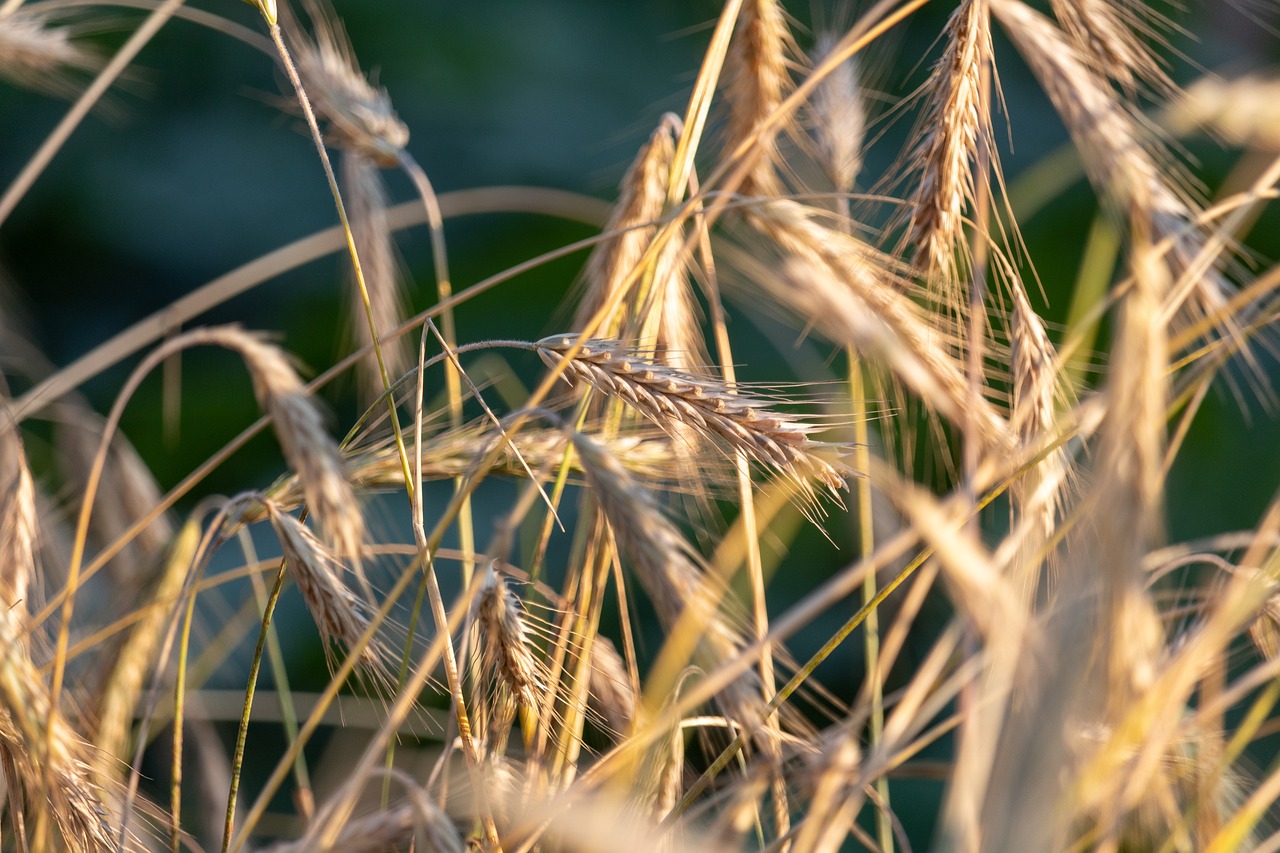
Heirloom vs. Hybrid Seeds
When diving into the world of organic gardening, one of the first decisions you'll face is whether to choose heirloom seeds or hybrid seeds. Both types have their unique characteristics, advantages, and drawbacks, making it essential to understand what each offers. Heirloom seeds are varieties that have been passed down through generations, often celebrated for their rich flavors, diverse colors, and historical significance. They are typically open-pollinated, meaning they can be saved and replanted year after year without losing their traits.
On the other hand, hybrid seeds are created through controlled pollination between two different parent plants to produce specific traits, such as disease resistance or higher yields. While hybrids can be incredibly productive, they often lack the depth of flavor found in heirlooms and may not be suitable for seed saving, as their offspring might not retain the desired characteristics.
To help clarify the differences, let’s break it down further:
| Aspect | Heirloom Seeds | Hybrid Seeds |
|---|---|---|
| Genetics | Open-pollinated, stable genetics | Controlled crosses, not stable |
| Flavor | Often superior, rich taste | Can vary, often milder |
| Seed Saving | Can be saved and replanted | Not recommended for saving |
| Availability | Limited, may require specialty sources | Widely available in stores |
Choosing between heirloom and hybrid seeds ultimately depends on your gardening goals. If you’re looking for a garden bursting with unique flavors and colors that tell a story, heirloom seeds might be your best bet. However, if you’re after a bountiful harvest with specific traits like disease resistance, hybrids could be the way to go. It’s all about finding the right balance that suits your gardening style and objectives.
In conclusion, both heirloom and hybrid seeds have their place in the garden. As you embark on your organic gardening journey, consider experimenting with both types to discover what works best for you. After all, gardening is about exploration, learning, and enjoying the fruits of your labor!
Q: Can I save seeds from hybrid plants?
A: It's generally not recommended to save seeds from hybrid plants, as the resulting offspring may not resemble the parent plant.
Q: Why are heirloom seeds more expensive?
A: Heirloom seeds are often produced in smaller quantities and require more care, which can lead to higher prices.
Q: Do heirloom plants require more care than hybrids?
A: Not necessarily. While some heirloom varieties may be less disease-resistant, many are well-adapted to local conditions and can thrive with proper care.

Native Plants
Incorporating into your organic garden is not just a trend; it's a smart decision that can lead to a thriving ecosystem right in your backyard. Native plants are those that have evolved in a specific region over thousands of years, adapting to the local climate, soil, and wildlife. This means they are generally more resilient and require less maintenance than non-native species. By choosing native plants, you can create a garden that not only beautifies your space but also supports local biodiversity.
One of the biggest advantages of using native plants is their ability to attract beneficial insects, such as pollinators and predatory insects. These creatures play a crucial role in maintaining the health of your garden by controlling pest populations and promoting plant reproduction. For instance, plants like coneflowers and milkweed are not only stunning but also serve as food sources for butterflies and bees. By planting these species, you're essentially rolling out the red carpet for nature's helpers!
Another benefit of native plants is their low water requirements. Because they are adapted to the local environment, they often need less irrigation compared to exotic plants. This is especially important in regions prone to drought or where water conservation is a priority. For example, California poppies and black-eyed Susans thrive in dry conditions and can add vibrant color to your garden without guzzling water.
When selecting native plants for your garden, consider creating a diverse landscape that features a mix of perennials, grasses, and shrubs. This diversity will not only enhance the aesthetic appeal of your garden but also create various habitats for wildlife. Here’s a quick look at some popular native plants you might consider:
| Plant Name | Benefits | Ideal Conditions |
|---|---|---|
| Black-eyed Susan | Attracts pollinators, drought-tolerant | Full sun, well-drained soil |
| Milkweed | Supports monarch butterflies | Full sun, adaptable to various soils |
| Eastern Redbud | Beautiful spring blooms, wildlife habitat | Partial shade, moist soil |
| Bluebell | Early spring flowers, attracts bees | Partial shade, rich soil |
In summary, integrating native plants into your garden can lead to a more sustainable and vibrant environment. Not only do they require less care and resources, but they also foster a natural ecosystem that benefits both your garden and the local wildlife. So, the next time you’re at a nursery or browsing online for plants, consider going native—it’s a decision that pays off in more ways than one!
Q: What are native plants?
A: Native plants are species that naturally occur in a specific region without human introduction. They have adapted to the local climate, soil, and wildlife over time.
Q: Why should I choose native plants for my garden?
A: Native plants are generally more resilient, require less maintenance, conserve water, and attract beneficial wildlife, making them an excellent choice for sustainable gardening.
Q: How do I find native plants for my garden?
A: You can find native plants at local nurseries, gardening centers, or through online retailers that specialize in native species. Additionally, local gardening clubs or conservation organizations often have resources and recommendations.
Q: Can I mix native plants with non-native plants?
A: Yes, you can mix native and non-native plants, but it's essential to ensure that the non-native species are not invasive and that they complement the native plants in terms of care and environmental needs.
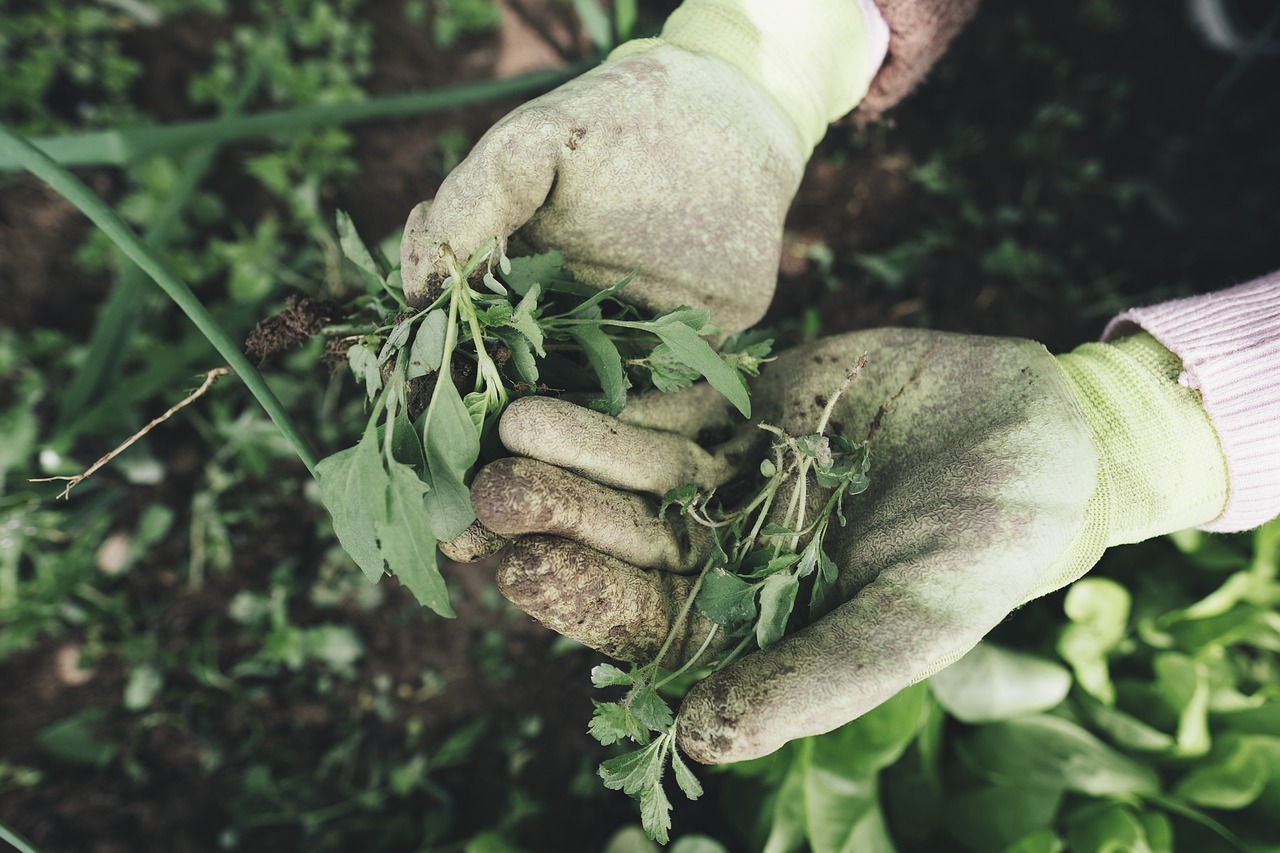
Pest Management Strategies
Managing pests organically is essential for maintaining plant health and ensuring a thriving garden ecosystem. Unlike conventional methods that often rely on synthetic chemicals, organic pest management focuses on natural solutions that promote sustainability and environmental health. By employing a combination of strategies, you can effectively keep pests at bay while enhancing the overall vitality of your garden.
One of the most effective methods in organic gardening is companion planting. This technique involves pairing plants that benefit each other, either by deterring pests or enhancing growth. For instance, planting marigolds alongside tomatoes can help repel nematodes and other harmful insects. Similarly, basil planted near peppers can improve flavor while keeping pests away. By understanding the relationships between different plants, you can create a harmonious garden that naturally wards off unwanted visitors.
Additionally, utilizing beneficial insects can be a game-changer in your pest management strategy. Ladybugs, lacewings, and parasitic wasps are excellent allies in the fight against aphids, whiteflies, and other common pests. You can attract these helpful critters by planting a variety of flowers that provide nectar and pollen, such as dill, fennel, and yarrow. This not only supports the beneficial insects but also adds beauty to your garden.
Another important aspect of organic pest management is the use of natural pest deterrents. Homemade solutions can be surprisingly effective and are often made from common household items. For example, a simple spray made from water, garlic, and a few drops of dish soap can deter aphids and spider mites. Similarly, a mixture of neem oil diluted in water can act as a powerful insect repellent. It's essential to apply these solutions in the early morning or late evening to minimize harm to beneficial insects and avoid leaf burn.
To further enhance your pest management strategies, consider implementing a crop rotation plan. This practice involves changing the location of specific plants each growing season to disrupt pest life cycles and prevent infestations. For example, if you grew tomatoes in one area last year, try planting beans or carrots in that spot this year. This not only helps in managing pests but also improves soil health by preventing nutrient depletion.
Lastly, maintaining a clean garden environment is crucial. Regularly removing debris, fallen leaves, and dead plants can significantly reduce the chances of pest infestations. Additionally, practicing good watering techniques—such as watering at the base of plants rather than overhead—can help prevent fungal diseases and discourage pests that thrive in damp conditions.
- What are some common organic pest management techniques?
Common techniques include companion planting, attracting beneficial insects, using natural pest deterrents, crop rotation, and maintaining a clean garden environment.
- How can I attract beneficial insects to my garden?
Planting a diverse range of flowers that provide nectar and pollen, such as dill, fennel, and yarrow, can attract beneficial insects like ladybugs and lacewings.
- Are homemade pest deterrents effective?
Yes, many homemade solutions made from common ingredients like garlic and neem oil can effectively repel pests without harming beneficial insects.
- Why is crop rotation important in organic gardening?
Crop rotation helps disrupt pest life cycles, prevents infestations, and improves soil health by ensuring a variety of nutrients are replenished.
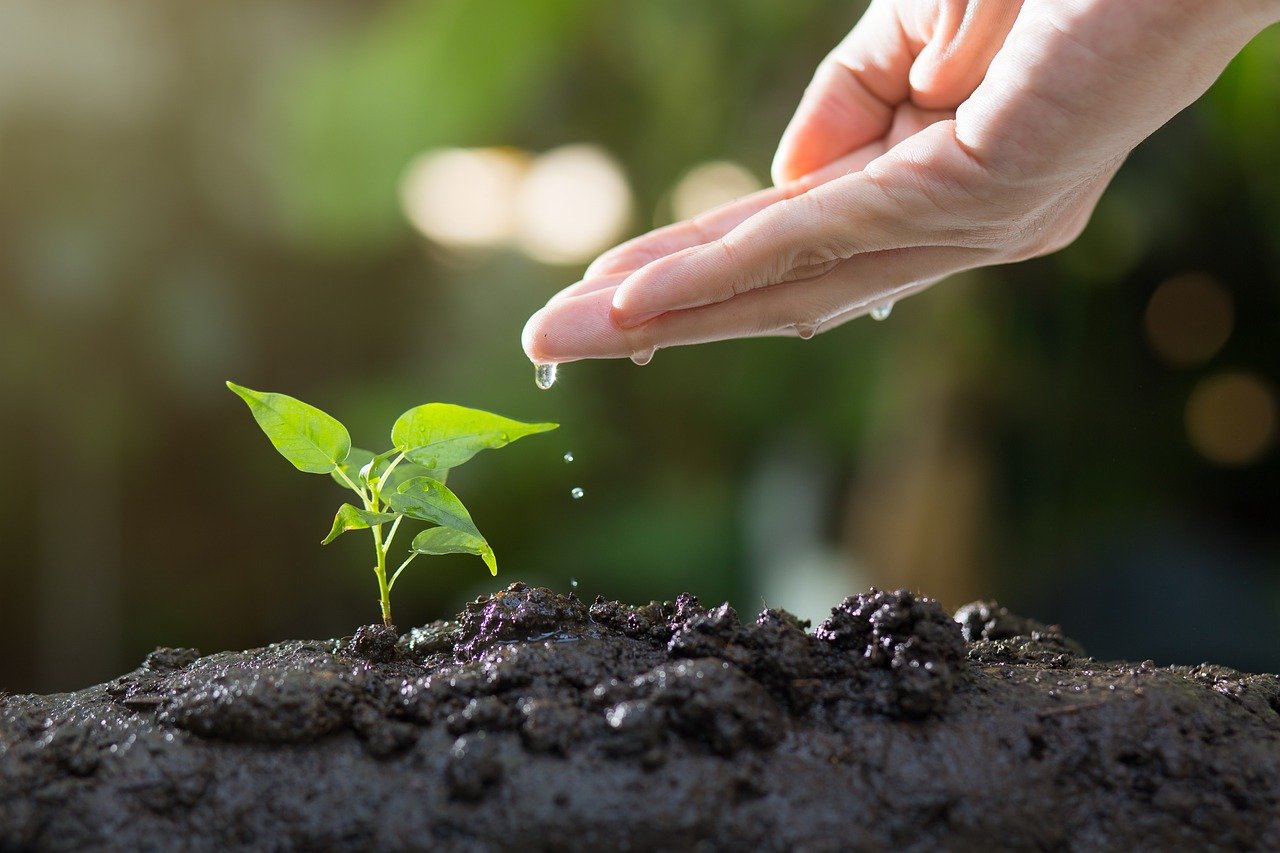
Companion Planting
Companion planting is a fascinating technique that involves growing different plants in proximity for mutual benefit. It’s like hosting a party in your garden, where each plant plays a unique role that enhances the overall experience. For instance, certain plants can deter pests, while others can improve nutrient uptake or provide shade. Think of it as creating a harmonious community where everyone supports one another. By strategically pairing plants, you can cultivate a thriving ecosystem that not only promotes healthier growth but also minimizes the need for chemical interventions.
One classic example of companion planting is the combination of tomatoes and basil. Not only do these two plants complement each other in the kitchen, but basil also helps repel pests that typically target tomatoes, such as aphids and whiteflies. Another dynamic duo is carrots and onions. When planted together, they can confuse pests, making it harder for them to find their favorite snacks. It’s like having a secret weapon against unwanted visitors!
To help you navigate the world of companion planting, here’s a simple table showcasing some beneficial pairings:
| Plant Pairing | Benefits |
|---|---|
| Tomatoes & Basil | Repels pests and enhances flavor |
| Carrots & Onions | Confuses pests, reducing damage |
| Cabbage & Dill | Dill attracts beneficial insects that prey on cabbage worms |
| Beans & Corn | Beans fix nitrogen in the soil, benefiting corn |
When planning your garden, consider the space each plant requires and their growth habits. Some plants, like zucchini, can spread out significantly, while others, like peppers, are more compact. This spatial awareness will help you avoid overcrowding, which can lead to competition for nutrients and light. Additionally, keep in mind that some plants can inhibit the growth of others. For example, potatoes and tomatoes are not great companions due to their susceptibility to the same diseases.
Ultimately, companion planting is about experimenting and observing. Every garden is unique, and what works well in one setting might not yield the same results in another. Keep a gardening journal to track your successes and failures, and don’t be afraid to switch things up as you learn more about your plants and their interactions. With a little patience and creativity, you’ll discover the perfect companions for your garden, leading to a bountiful harvest and a beautiful, balanced ecosystem.
- What is companion planting? Companion planting is the practice of growing different plants together to enhance growth, deter pests, and improve yields.
- Can I plant any two plants together? Not all plants are compatible. Some may inhibit growth or attract pests. It's important to research plant pairings.
- How do I know which plants to pair? Look for plants with complementary needs, such as those that can share nutrients or deter pests for each other.
- Is companion planting effective for all types of gardens? Yes, companion planting can be beneficial in both small home gardens and larger agricultural settings.
- Can I use companion planting in container gardens? Absolutely! Companion planting can be applied in container gardens as well, just be mindful of space and growth habits.
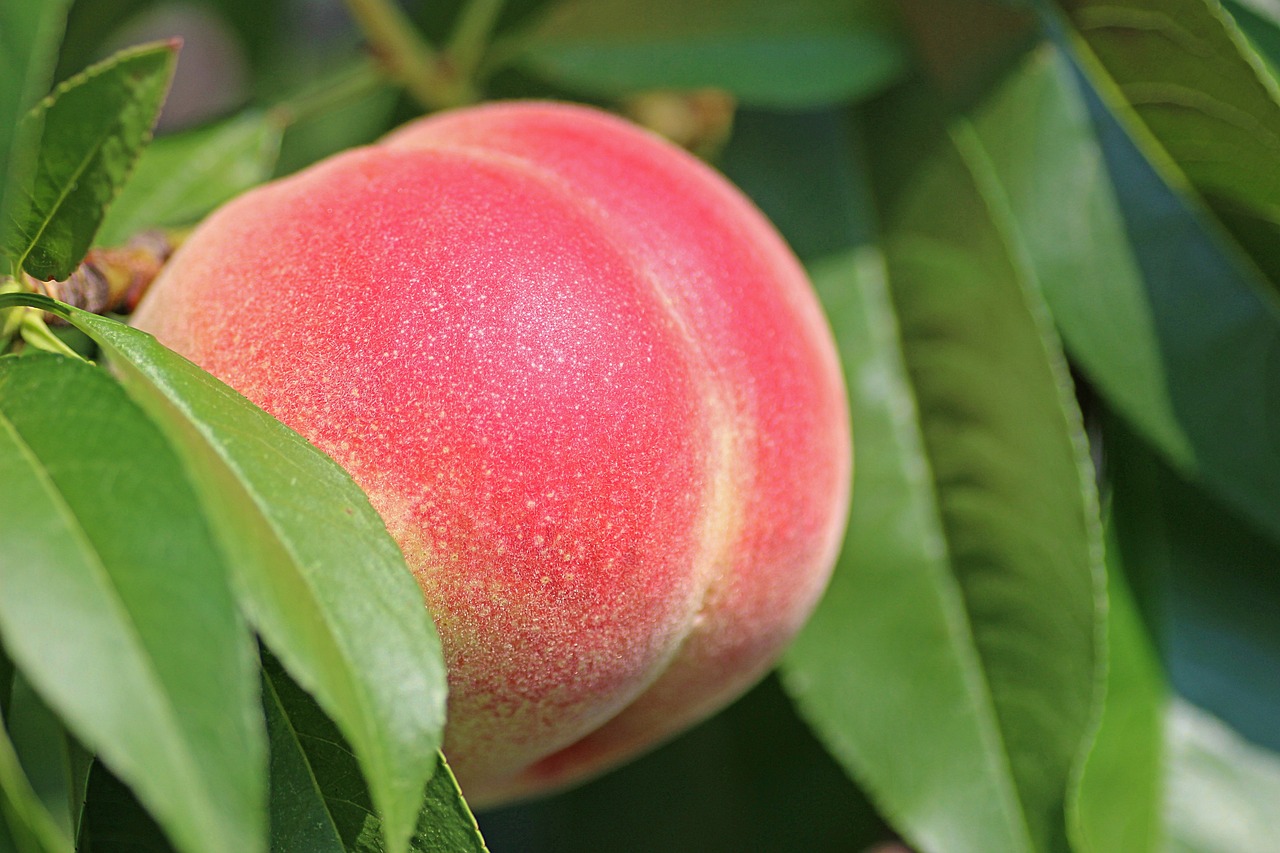
Natural Pest Deterrents
When it comes to organic gardening, one of the biggest challenges is managing pests without resorting to harsh chemicals. Luckily, there are numerous that can help protect your plants while keeping the environment safe. These methods not only keep your garden flourishing but also contribute to a healthier ecosystem. Imagine your garden as a vibrant community, where every plant plays a role in maintaining balance. By using natural deterrents, you're not just safeguarding your crops; you're nurturing that community.
One effective approach is to utilize homemade sprays made from common household ingredients. For instance, a simple mixture of water, garlic, and a few drops of dish soap can create a potent spray that repels many common pests. Garlic is known for its strong scent, which many insects find unappealing. Just mix one tablespoon of minced garlic with a quart of water, let it steep overnight, and then strain it before spraying on affected plants. This method is not only effective but also easy to prepare!
Another natural deterrent is the use of essential oils. Oils such as peppermint, rosemary, and neem have been shown to repel various pests. You can create a diluted spray by mixing a few drops of essential oil with water and a small amount of soap. Not only will your garden smell delightful, but you'll also keep those pesky bugs at bay. Just remember to test any new spray on a small part of the plant first to ensure it doesn't cause any adverse reactions.
Additionally, introducing beneficial insects into your garden can serve as a natural pest control strategy. Ladybugs, lacewings, and predatory wasps are excellent allies in the battle against harmful pests. They feed on aphids, caterpillars, and other insects that can damage your plants. To attract these helpful creatures, consider planting flowers like marigolds, dill, and yarrow, which serve as food sources and habitats for beneficial insects.
Lastly, don't underestimate the power of companion planting. By strategically placing certain plants together, you can create a natural defense system. For instance, planting basil near tomatoes can help repel tomato hornworms, while marigolds are known to deter nematodes and aphids. It's like having a protective buddy system in your garden!
In summary, natural pest deterrents are a crucial part of organic gardening. By employing homemade sprays, essential oils, beneficial insects, and companion planting, you can create a thriving garden free from harmful chemicals. Remember, each method contributes to the overall health of your garden ecosystem, making it a more sustainable and enjoyable place to grow your plants.
- What are the most effective natural pest deterrents? Homemade sprays, essential oils, beneficial insects, and companion planting are some of the most effective natural methods.
- How do I make a homemade pest deterrent spray? Mix minced garlic with water and a few drops of dish soap, let it steep overnight, strain, and spray on affected plants.
- Can essential oils harm my plants? Always test a small area first, as some plants may react negatively to certain oils.
- What plants attract beneficial insects? Flowers like marigolds, dill, and yarrow are great for attracting ladybugs and other beneficial insects.
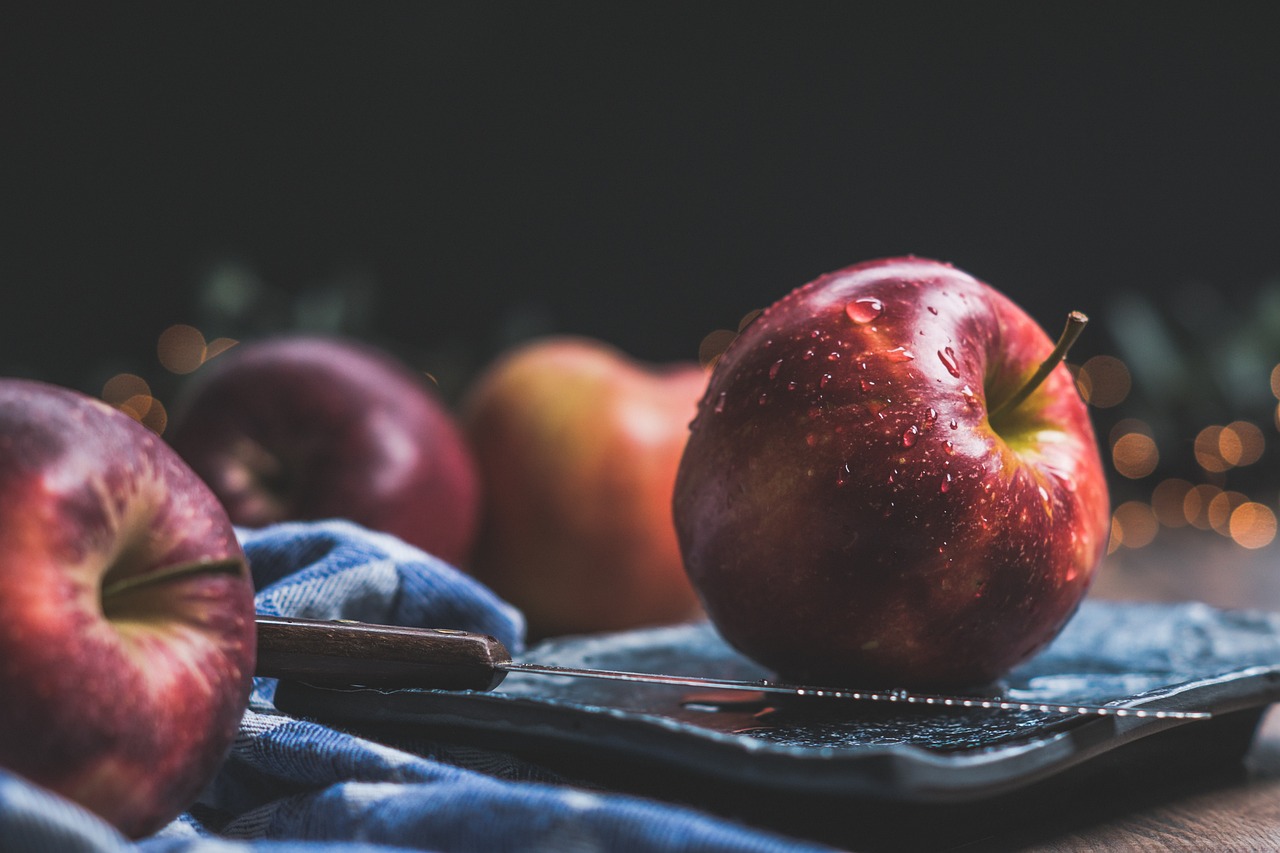
Watering Techniques
Watering your garden may seem like a simple task, but it’s crucial for the health and vitality of your plants. Understanding the right techniques can make all the difference between a thriving garden and a struggling one. In organic gardening, where we aim to nurture our plants naturally, proper watering techniques become even more essential. Not only does it help in promoting healthy growth, but it also conserves water, a precious resource. So, let’s dive into the various watering techniques that can transform your gardening experience!
First off, frequency is key. How often you water your plants depends on several factors, including the type of plants, the weather, and the soil conditions. Generally, most gardens need about an inch of water per week, but this can vary. During hot summer days, plants may require more frequent watering, while cooler, rainy days may reduce the need. It’s essential to pay attention to your plants; they will often show signs of thirst, such as drooping leaves or dry soil.
When it comes to methods, there are several effective techniques to consider. One popular method is drip irrigation. This system delivers water directly to the roots of your plants, minimizing evaporation and runoff. Not only does it save water, but it also helps prevent diseases by keeping the foliage dry. Setting up a drip irrigation system may require some initial investment, but the long-term benefits are well worth it.
Another great technique is soaker hoses. These hoses slowly release water along their length, allowing for deep watering of the soil. They are particularly useful for garden beds and rows of vegetables. Just lay them out in your garden, turn on the water, and let them do their magic! This method is also a fantastic way to conserve water, as it targets the root zones directly.
Let’s not forget about the classic method of hand watering. While it may seem old-fashioned, it allows you to connect with your plants on a personal level. Using a watering can or a hose with a spray nozzle gives you control over how much water each plant receives. This method is particularly effective for smaller gardens or container plants, where precision is essential.
Regardless of the method you choose, timing your watering is equally important. Early morning is often the best time to water your garden. This is when temperatures are cooler, and the wind is usually calm. Watering in the morning allows plants to absorb moisture before the heat of the day, reducing evaporation and ensuring they stay hydrated. Avoid watering in the evening, as this can lead to prolonged moisture on the leaves, increasing the risk of fungal diseases.
Additionally, using mulch can enhance your watering techniques significantly. Mulch helps retain moisture in the soil, reducing the frequency of watering. It also suppresses weeds that compete for water and nutrients. Organic mulches, such as straw or wood chips, break down over time, enriching the soil with nutrients as they decompose. This creates a win-win situation for your plants!
Lastly, it’s essential to monitor the soil moisture. You can do this by sticking your finger into the soil about an inch deep. If it feels dry, it’s time to water. Alternatively, you can invest in a moisture meter for more accurate readings. Understanding the moisture levels in your garden will help you avoid overwatering, which is a common mistake among beginners.
Q: How can I tell if my plants need water?
A: Look for signs such as drooping leaves, dry soil, or yellowing foliage. You can also stick your finger into the soil to check for moisture.
Q: Is it better to water deeply and infrequently or shallowly and often?
A: Deep watering encourages strong root growth, so it’s generally better to water deeply and less frequently.
Q: Can I water my plants at night?
A: While it's possible, watering at night can lead to moisture sitting on the leaves, increasing the risk of diseases. Morning is the best time to water.
Q: What are the benefits of using mulch in my garden?
A: Mulch helps retain soil moisture, suppress weeds, and improve soil health as it breaks down over time.
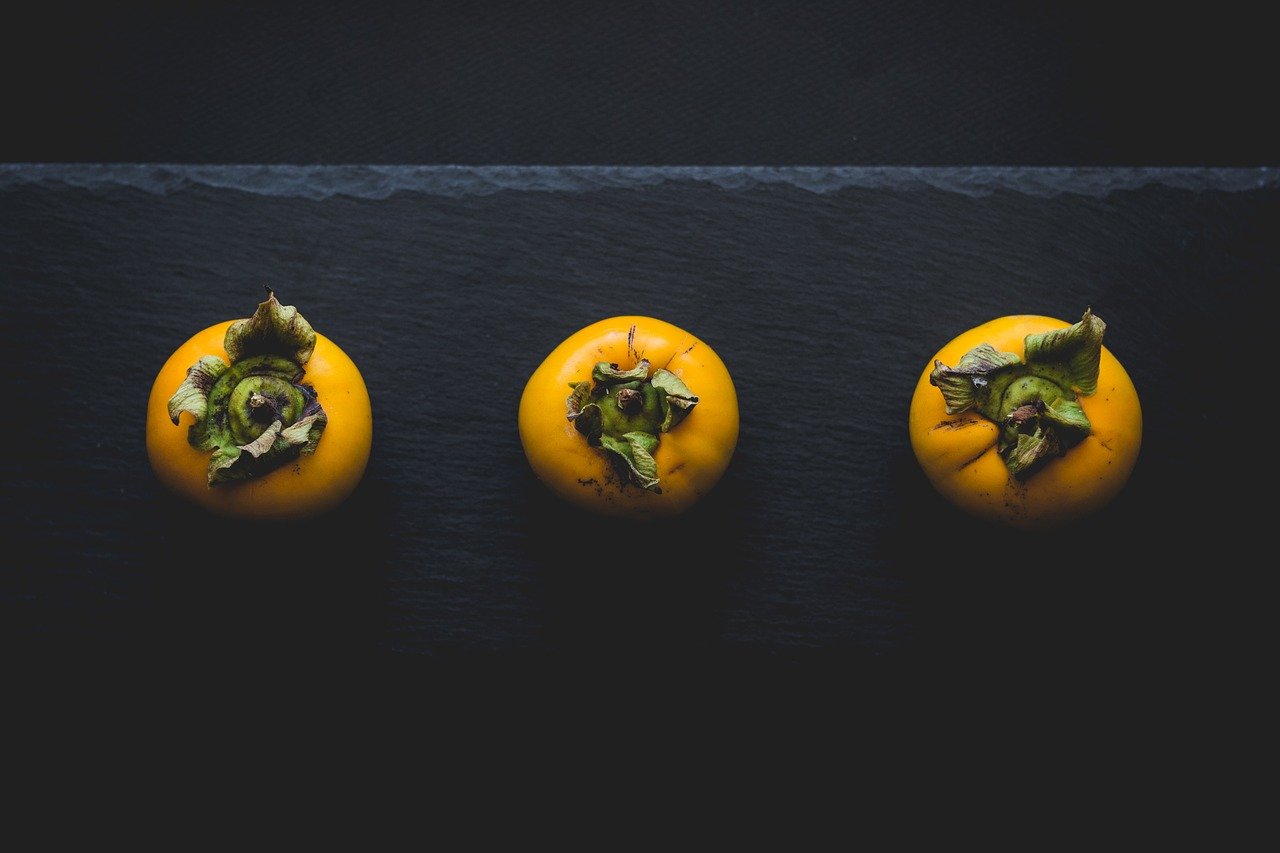
Drip Irrigation
When it comes to watering your garden efficiently, stands out as a champion. This method delivers water directly to the roots of your plants, minimizing evaporation and runoff, which is a game-changer for both your plants and the environment. Imagine watering your garden with precision, ensuring that every drop counts. With drip irrigation, you can achieve just that!
Setting up a drip irrigation system might sound daunting, but it's actually quite straightforward. You can start with a few basic components: drip tubing, emitters, connectors, and a filter. These elements work together to create a network that supplies your plants with the right amount of moisture. Here’s a simple breakdown of what you’ll need:
| Component | Description |
|---|---|
| Drip Tubing | The main line that carries water from the source to your plants. |
| Emitters | Devices that release water at a slow rate, directly to the soil. |
| Connectors | Used to join different sections of tubing together. |
| Filter | Prevents debris from clogging the system. |
One of the biggest advantages of this irrigation method is its water-saving potential. Traditional watering methods can lead to significant water loss through evaporation or runoff, especially during hot weather. In contrast, drip irrigation ensures that water is delivered right where it's needed, reducing waste and promoting healthier plants. Plus, it can be automated with timers, allowing you to set it and forget it, which is perfect for busy gardeners!
Another significant benefit of drip irrigation is its ability to reduce the risk of disease. By keeping the foliage dry, you minimize the chances of fungal infections and other moisture-related problems. This is particularly important for plants that are susceptible to diseases. So, not only are you saving water, but you’re also contributing to a healthier garden ecosystem.
To install a drip irrigation system, follow these simple steps:
- Plan your layout: Determine where your plants are located and how much water each needs.
- Gather your materials: Purchase the necessary components based on your garden's size.
- Install the main line: Lay out the drip tubing along your garden beds.
- Add emitters: Place them at the base of each plant to ensure targeted watering.
- Connect the system: Use connectors to join sections and ensure everything is secure.
- Test the system: Run the water to check for leaks and make adjustments as needed.
In conclusion, is not just a method; it's a sustainable approach to gardening that enhances plant growth while conserving water. By investing a little time and effort into setting up a drip system, you can enjoy the benefits of a thriving garden without the guilt of wasting precious resources. So why not give it a try? Your plants will thank you!
Q: How often should I run my drip irrigation system?
A: It depends on your plants' needs and the weather conditions. Generally, running it for 30 minutes to an hour a few times a week is a good starting point. Monitor your plants and adjust accordingly.
Q: Can I use drip irrigation for all types of plants?
A: Yes, drip irrigation is suitable for most plants, including vegetables, flowers, and shrubs. Just ensure that the emitters are appropriately placed to meet the specific watering needs of each plant.
Q: Is it difficult to maintain a drip irrigation system?
A: Not at all! Regular maintenance involves checking for clogs, ensuring emitters are functioning, and replacing any damaged parts. With a little care, your system can last for years.
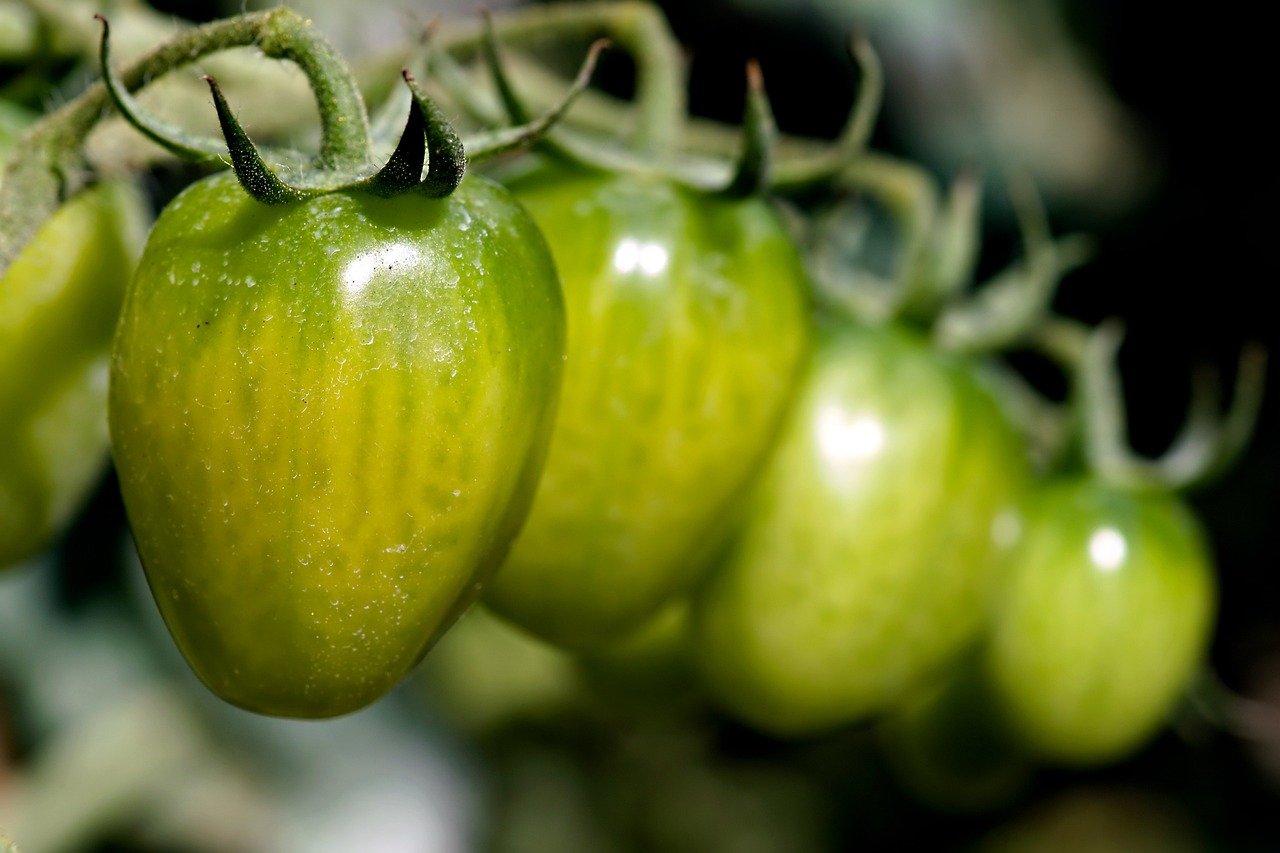
Mulching Benefits
Mulching is one of the most effective techniques in organic gardening that can significantly enhance the health of your plants and soil. By applying a layer of organic material on the soil surface, you create a protective barrier that offers a multitude of benefits. First and foremost, mulching helps to retain moisture in the soil, which is crucial during dry spells. Imagine your garden as a sponge; without a protective layer, it dries out quickly under the sun's relentless rays.
Moreover, mulching plays a vital role in weed suppression. A thick layer of mulch can block sunlight from reaching weed seeds, preventing them from germinating. This means less time spent on weeding and more time enjoying your flourishing plants. Additionally, as the mulch decomposes, it enriches the soil with organic matter, enhancing its structure and fertility. This process is akin to giving your plants a nutritious meal, ensuring they have all the essential nutrients they need to thrive.
Another significant benefit of mulching is its ability to regulate soil temperature. During hot summer days, mulch acts as an insulating layer, keeping the soil cooler and more comfortable for your plants' roots. Conversely, in the winter, it helps to maintain warmth, protecting delicate roots from frost damage. Think of mulch as a cozy blanket for your garden, providing comfort in both extreme heat and cold.
Furthermore, mulching can also attract beneficial insects that contribute to a healthy ecosystem in your garden. For example, ladybugs and lacewings are often drawn to mulched areas, where they can help control pest populations naturally. The right mulch can also provide habitat for earthworms, which are essential for aerating the soil and improving its quality. Here’s a quick overview of the different types of mulch and their specific benefits:
| Type of Mulch | Benefits |
|---|---|
| Wood Chips | Long-lasting, excellent for moisture retention and weed suppression. |
| Straw | Great for vegetable gardens, provides insulation and adds organic matter. |
| Grass Clippings | Rich in nitrogen, decomposes quickly, and helps retain moisture. |
| Leaves | Readily available, improves soil structure as they decompose. |
Incorporating mulch into your gardening routine is not just about aesthetics; it's a practical approach that promotes a thriving environment for your plants. Whether you're looking to conserve water, suppress weeds, or enhance soil quality, mulching is a simple yet powerful tool at your disposal. Remember, the type of mulch you choose can influence the overall success of your garden, so select wisely based on your specific needs and local climate conditions.
- What is the best type of mulch for vegetable gardens? Organic mulches like straw or grass clippings are excellent choices as they add nutrients to the soil while suppressing weeds.
- How thick should I apply mulch? A layer of 2-4 inches is typically recommended to effectively suppress weeds and retain moisture.
- Can I use mulch around fruit trees? Yes, mulching around fruit trees can help retain moisture and regulate soil temperature, promoting healthy growth.
- How often should I replace the mulch? Depending on the type of mulch used, you may need to replenish it every year or two as it decomposes.
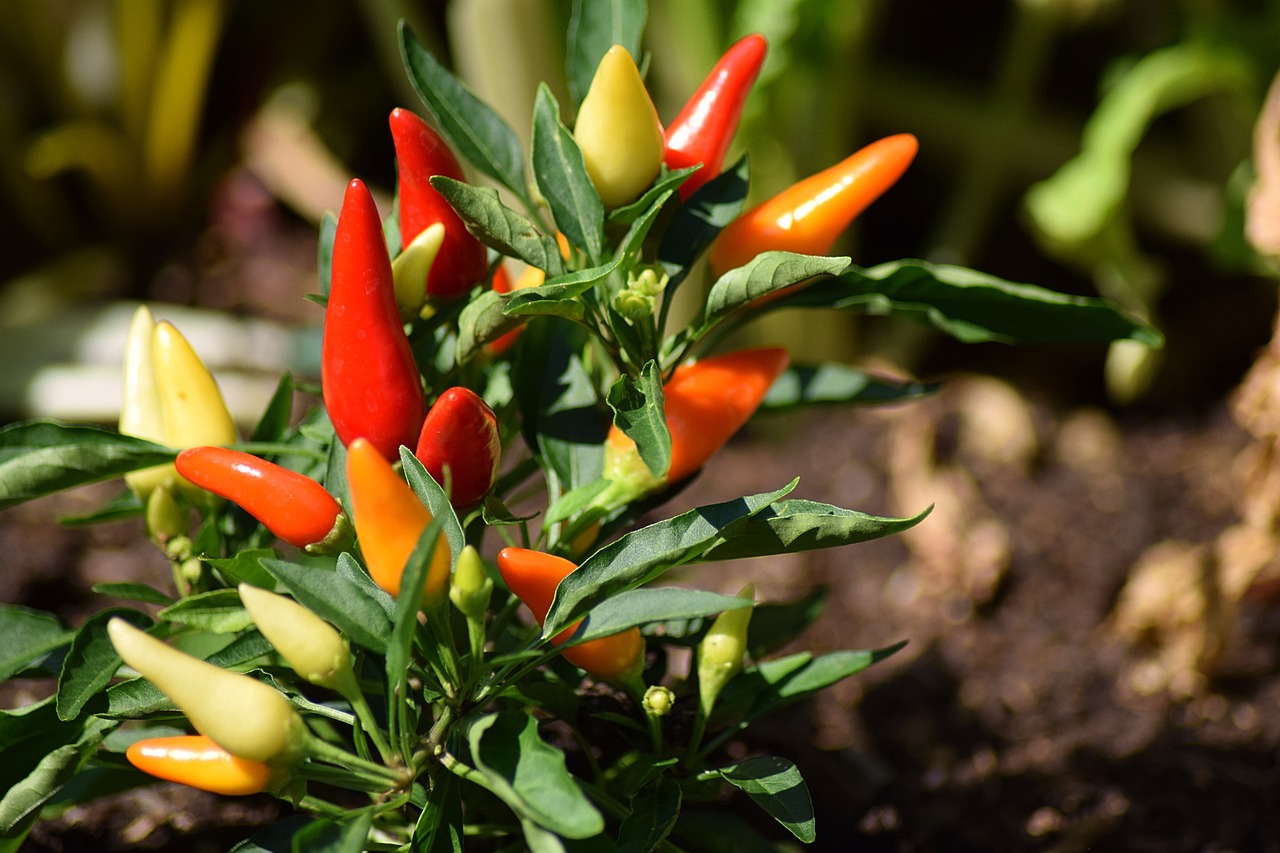
Harvesting and Storing Your Produce
Harvesting your produce is one of the most rewarding aspects of organic gardening. It's the moment when all your hard work pays off, and you get to enjoy the fruits of your labor—literally! But knowing when and how to harvest can make a world of difference in flavor and nutrition. Each type of vegetable and fruit has its own signs of ripeness, so paying attention to these cues is essential. For instance, tomatoes should be harvested when they are fully colored and slightly soft to the touch, while cucumbers are best picked when they are still firm and shiny. By understanding the specific needs of your crops, you can ensure that you’re harvesting at the peak of their flavor.
Once you’ve harvested your crops, the next step is proper storage. This is crucial for extending the life of your fresh produce and maintaining its flavor. Different types of fruits and vegetables require different storage methods. For example, leafy greens like lettuce are best stored in a damp paper towel inside a plastic bag in the fridge, while root vegetables such as carrots can be kept in a cool, dark place. Here’s a quick overview of storage methods:
| Produce Type | Storage Method |
|---|---|
| Tomatoes | Store at room temperature, away from direct sunlight. |
| Leafy Greens | Wrap in a damp paper towel and place in a plastic bag in the refrigerator. |
| Root Vegetables | Keep in a cool, dark place; avoid washing until ready to use. |
| Fruits (e.g., apples, pears) | Store in a cool, dry place or in the fridge; keep away from other produce. |
Understanding these methods can help you enjoy your harvest for weeks to come. Remember, the key to storing your produce is to keep it as fresh as possible, which often means avoiding moisture and ensuring proper air circulation. If you notice any produce starting to spoil, remove it immediately to prevent it from affecting the rest of your harvest. This simple practice can save you a lot of frustration and waste.
As you harvest and store your produce, consider keeping a record of your methods and results. This will help you refine your techniques over time and ensure that you’re getting the best out of your garden. With each season, you’ll learn more about what works for your specific plants and conditions, making your gardening journey even more rewarding.
- Q: When is the best time to harvest my vegetables?
A: The best time to harvest is usually in the morning when temperatures are cooler, and moisture levels are higher, which can help maintain freshness. - Q: How can I tell if my fruits are ripe?
A: Look for color changes, firmness, and sometimes even smell. Each fruit has its own specific signs of ripeness. - Q: What’s the best way to store herbs?
A: Fresh herbs can be stored in a jar of water like flowers or wrapped in a damp paper towel and placed in a plastic bag in the fridge.
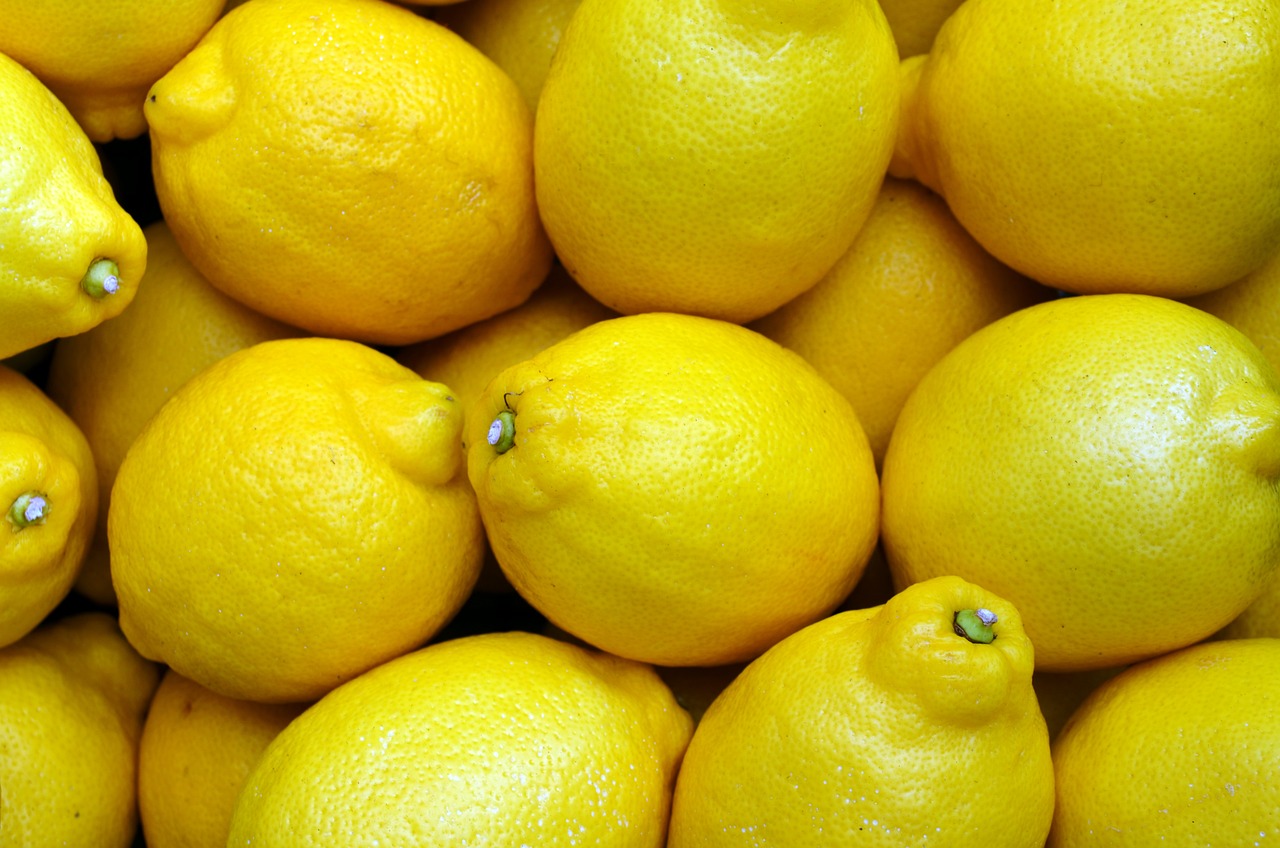
Signs of Ripeness
Knowing when to harvest your fruits and vegetables is one of the most rewarding aspects of organic gardening. It’s like waiting for a surprise party to unfold, where the anticipation builds until the moment you finally get to enjoy the fruits of your labor! But how can you tell when your produce is ready? There are several visual and tactile cues that can guide you in determining the perfect time for harvesting.
First, let’s talk about color. Many fruits and vegetables will change color as they ripen. For instance, tomatoes should turn a bright red, while bell peppers can change from green to yellow, orange, or red, depending on the variety. A simple glance can often tell you if it’s time to pick. However, don’t rely solely on color; texture plays a crucial role too!
Next, consider the firmness of the produce. Gently squeeze the fruit or vegetable; if it gives slightly under pressure, it’s likely ripe and ready to be harvested. For example, ripe avocados will yield to gentle pressure, while an unripe one will feel hard. On the other hand, if a fruit feels mushy, it may be overripe, so be careful not to wait too long!
Another important factor is size. Each type of vegetable has its ideal size for harvesting. For instance, zucchini should be picked when they are about 6 to 8 inches long. If you allow them to grow too large, they can become tough and seedy. You might want to keep a harvest chart handy that outlines the ideal sizes for different crops, helping you keep track of when to pick.
| Vegetable | Ideal Size | Color |
|---|---|---|
| Tomato | 2-4 inches in diameter | Bright red |
| Zucchini | 6-8 inches long | Glossy green |
| Bell Pepper | 3-4 inches in diameter | Varies (green, yellow, orange, red) |
| Carrot | 1-2 inches in diameter | Bright orange |
Finally, consider the fragrance of your produce. Many ripe fruits will emit a sweet, enticing aroma. For example, ripe melons have a distinct scent that can’t be ignored! Trust your nose; it’s often a reliable indicator of ripeness.
In summary, harvesting at the right time not only improves the taste and texture of your produce but also encourages further growth in your garden. So, keep an eye on the color, feel for firmness, check the size, and let your nose guide you to the perfect harvest. Happy gardening!
- How can I tell if my tomatoes are ripe? Look for a deep red color and a slight give when you gently squeeze them. They should not feel hard or mushy.
- What should I do if my vegetables are overripe? If you notice that some of your vegetables are overripe, it's best to harvest them immediately to prevent them from spoiling and affecting the rest of your crop.
- Can I harvest vegetables early? Yes, many vegetables can be harvested early for a different flavor profile. For example, young zucchini is often more tender than fully grown ones.
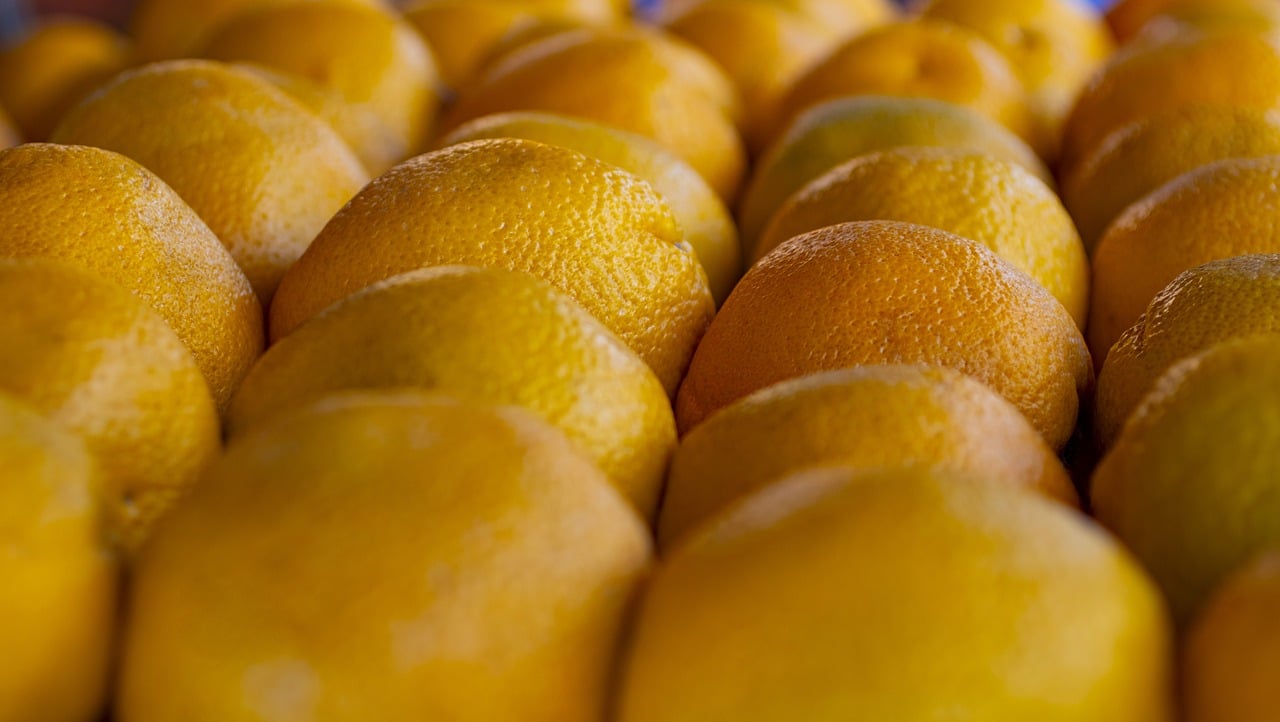
Storing Fresh Produce
After all the hard work you've put into your organic garden, the last thing you want is to let your fresh produce go to waste. Knowing how to store your fruits and vegetables properly can make a world of difference in maintaining their flavor and nutritional value. It's like preserving a piece of summer sunshine for the colder months! So, let’s dive into some effective storage techniques that will keep your harvest fresh and delicious for as long as possible.
First off, it's crucial to understand that different types of produce have different storage needs. For example, some fruits, like bananas and avocados, continue to ripen after being harvested, while others, such as berries, are best eaten quickly. To help you remember which items need special attention, here's a quick reference table:
| Produce Type | Storage Method | Optimal Conditions |
|---|---|---|
| Tomatoes | Room temperature | Keep out of direct sunlight |
| Leafy Greens | Refrigerator | Wrap in a damp cloth or paper towel |
| Potatoes | Cool, dark place | Avoid refrigeration |
| Carrots | Refrigerator | Keep in a plastic bag with holes |
| Apples | Refrigerator | Store away from other fruits |
As you can see, the environment plays a significant role in how long your produce will last. For instance, tomatoes prefer to be stored at room temperature, while leafy greens thrive in the refrigerator. It's like giving each type of produce its own cozy home! Additionally, ensure that your storage areas are clean and dry to prevent mold and spoilage.
Another important aspect of storing fresh produce is to avoid washing them until you're ready to use them. Washing can introduce moisture, which leads to quicker spoilage. Think of it like keeping your favorite toys in mint condition—why would you take them out of the box before you’re ready to play with them?
For those looking to prolong the life of their harvest even further, consider methods like freezing or canning. Freezing is an excellent way to keep fruits and vegetables at their peak freshness. Just wash, chop, and blanch them before placing them in airtight containers. Canning, on the other hand, is a bit more involved but can yield delicious results, allowing you to enjoy your garden's bounty all year round.
Lastly, don’t forget to regularly check your stored produce for any signs of spoilage. Removing any affected items promptly can help prevent the spread of decay to other fruits and vegetables. It’s like being the vigilant guardian of your garden’s treasures!
- How long can I store fresh produce?
The storage duration varies by type. For example, leafy greens last about a week in the fridge, while potatoes can last several weeks in a cool, dark place. - Should I wash my produce before storing it?
It's best to wait until you're ready to eat the produce to wash it, as moisture can lead to spoilage. - Can I freeze all types of vegetables?
Most vegetables can be frozen, but some, like lettuce, do not freeze well. Always blanch before freezing to maintain quality.
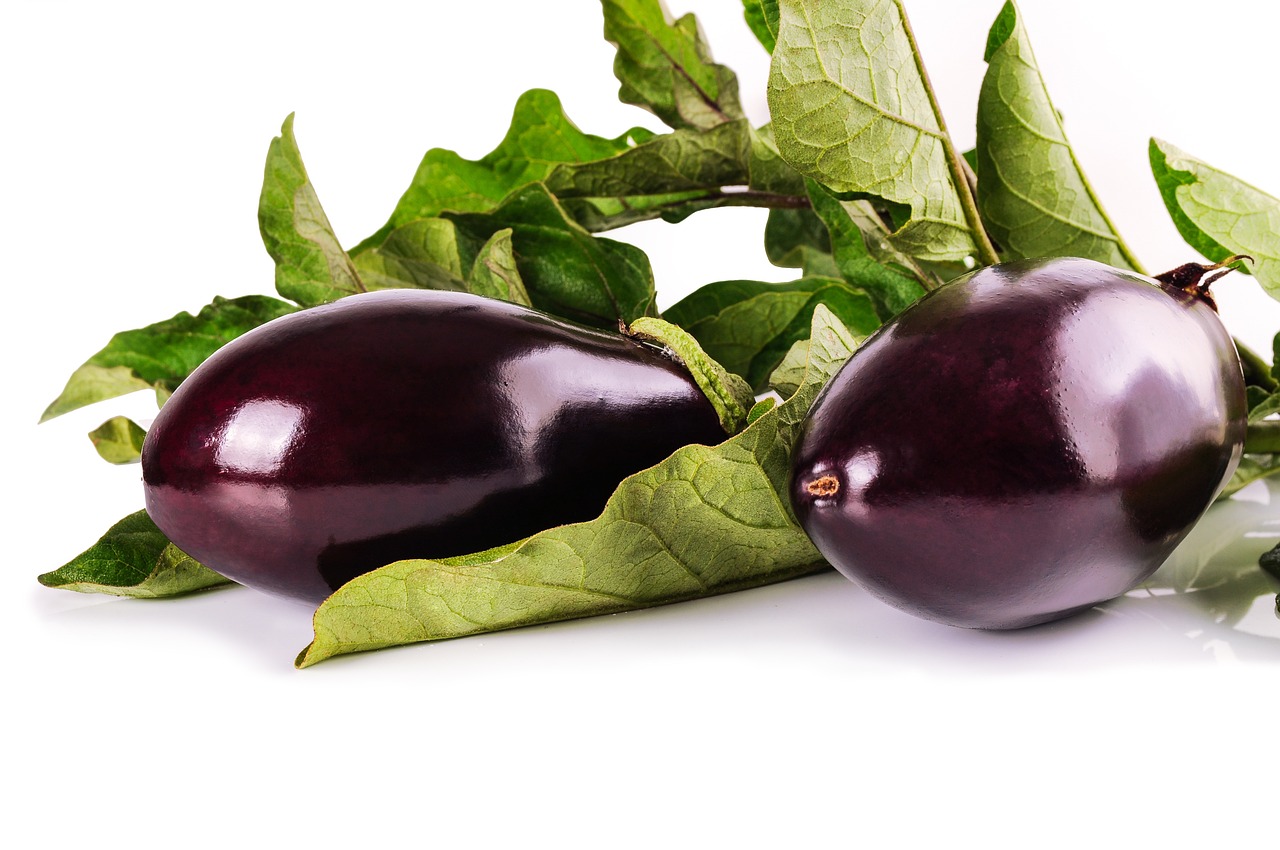
Continuous Learning and Improvement
Organic gardening is not just a hobby; it's a passion that evolves over time. As you dig your hands into the soil and nurture your plants, you'll realize that every season brings new challenges and opportunities for growth. This journey is all about . So, how do you keep your gardening skills sharp and ensure your garden thrives year after year?
One of the best ways to enhance your gardening knowledge is by joining local gardening communities. These groups often consist of enthusiastic gardeners who are eager to share their experiences, tips, and tricks. Whether it's a community garden, a local club, or an online forum, connecting with fellow gardeners can provide you with invaluable insights. You might discover new techniques, learn about organic pest control methods, or get recommendations for the best heirloom seeds. Plus, it’s a great way to make friends who share your love for gardening!
Additionally, consider keeping a gardening journal. This simple yet effective tool can be a game-changer in your gardening journey. Documenting your experiences allows you to track your progress, note what worked well, and identify areas for improvement. For instance, you can record the planting dates, weather conditions, pest issues, and harvest yields. Over time, you'll build a personalized reference that helps you make informed decisions for future gardening endeavors. Here’s a quick idea of what you might include in your journal:
| Date | Activity | Observations |
|---|---|---|
| March 15 | Planted tomatoes | Soil was moist; sunny day. |
| April 5 | First signs of growth | Healthy sprouts; no pests. |
| June 10 | First harvest | Sweet and juicy; plenty of fruit. |
Moreover, never underestimate the power of research. There are countless books, blogs, and online resources dedicated to organic gardening. Dive into these materials to deepen your understanding of various topics, from soil health to crop rotation. You might even stumble upon innovative practices that can transform your gardening approach. Remember, the more you learn, the more confident you become in your gardening abilities.
Finally, don't be afraid to experiment! Gardening is as much about creativity as it is about science. Try planting different varieties, testing new pest control methods, or even redesigning your garden layout. Each experiment can yield valuable lessons, whether they result in success or failure. Embrace the unexpected, and you'll find that even the challenges can lead to significant improvements in your gardening skills.
- What is organic gardening? Organic gardening focuses on growing plants without synthetic fertilizers or pesticides, emphasizing natural methods to maintain soil health and ecosystem balance.
- How can I improve my gardening skills? Join gardening communities, keep a gardening journal, research best practices, and don't hesitate to experiment with different techniques.
- What are some common pests in organic gardening? Common pests include aphids, slugs, and caterpillars. Using natural deterrents and companion planting can help manage these pests effectively.
- How often should I water my garden? Watering frequency depends on the plants and climate, but generally, aim for deep watering once or twice a week, allowing the soil to dry out between sessions.

Joining Gardening Communities
When you dive into the world of organic gardening, you quickly realize that you're not alone. There are countless others who share your passion, and joining gardening communities can be one of the most rewarding experiences. Imagine being part of a vibrant group where you can exchange ideas, share successes, and even laugh over your gardening mishaps. It's like having a support group for your green thumb!
These communities can take various forms, from local gardening clubs to online forums and social media groups. Each offers unique benefits that can significantly enhance your gardening journey. For instance, local clubs often organize events, workshops, and plant swaps, allowing you to learn hands-on techniques while making new friends. Online platforms, on the other hand, provide a wealth of resources at your fingertips, including articles, videos, and even live Q&A sessions with experienced gardeners.
Here are some key benefits of joining gardening communities:
- Knowledge Sharing: Members often share tips, tricks, and personal experiences that can help you avoid common pitfalls and improve your gardening skills.
- Networking: Connecting with fellow gardeners can lead to lasting friendships and valuable connections within the gardening world.
- Access to Resources: Many communities offer exclusive access to resources like seed exchanges, discounts at local nurseries, and expert-led workshops.
- Support and Motivation: When you face challenges, having a community to lean on can provide the encouragement you need to keep going.
Additionally, participating in these communities can keep you updated on the latest trends and practices in organic gardening. You might discover new organic pest control methods or innovative watering techniques that you hadn't considered before. Plus, the camaraderie and shared enthusiasm can reignite your passion, especially during the more challenging phases of gardening.
So, how do you find the right community for you? Start by exploring local gardening clubs through community centers or libraries. Online, platforms like Facebook, Reddit, or dedicated gardening websites can be fantastic resources. Just remember to engage actively—ask questions, share your experiences, and contribute to discussions. The more you put in, the more you'll get out!
In conclusion, joining gardening communities is not just about growing plants; it's about growing relationships and knowledge. Embrace the journey, connect with others, and watch your gardening skills flourish!
Q: How can I find local gardening communities?
A: Check community centers, libraries, or local nurseries for information on gardening clubs. You can also search online for community events and groups on social media platforms.
Q: What are the benefits of online gardening communities?
A: Online communities provide a wealth of resources, including articles, videos, and forums for discussion. They allow you to connect with gardeners from around the world, offering diverse perspectives and advice.
Q: How can I contribute to a gardening community?
A: Share your experiences, ask questions, and offer tips based on what you’ve learned. Participating in events, workshops, and discussions will help you build relationships and enhance your gardening knowledge.

Keeping a Gardening Journal
Keeping a gardening journal is like having a personal coach for your green thumb journey. It’s your space to record everything from the seeds you planted to the weather patterns you observed. Imagine flipping through the pages of your journal and seeing your progress unfold! Not only does it help you track your successes, but it also allows you to learn from the challenges you face along the way.
So, what should you include in your gardening journal? Here are some key elements that can enhance your experience:
- Planting Dates: Document when you sowed each type of seed. This will help you determine the best times for planting in future seasons.
- Growth Progress: Take note of how your plants are growing. Are they thriving or struggling? This information is crucial for making adjustments to your care routine.
- Pest and Disease Observations: Record any pest issues or diseases that arise. Knowing what you faced in the past can prepare you for future challenges.
- Weather Conditions: Keeping track of rainfall, temperature, and sunlight can help you understand how these factors affect your garden.
- Harvest Information: Note when you harvested your crops and how much you collected. This data is invaluable for planning your future gardens.
Not only does a gardening journal serve practical purposes, but it also fosters a deeper connection to your garden. You might find yourself reflecting on the joy of seeing your first sprout or the disappointment of a failed crop. It’s a place to celebrate your achievements and ponder what you could do differently next time. Plus, as the seasons change, you’ll have a beautiful narrative of your gardening journey to look back on.
To get started, you don’t need anything fancy. A simple notebook or a digital app can do the trick. Some gardeners prefer sketching their garden layout, while others love to attach photos of their plants. The key is to find a method that works for you. Over time, your journal will become a treasure trove of knowledge, helping you to refine your gardening skills and adapt your strategies.
In conclusion, keeping a gardening journal is a fantastic way to enhance your organic gardening experience. It’s not just about recording data; it’s about cultivating a deeper understanding of your plants and their needs. So grab that pen or open your favorite app, and start documenting your gardening adventures today!
Here are some common questions that beginners often have about keeping a gardening journal:
- What should I write in my gardening journal? You can include planting dates, growth progress, pest and disease observations, weather conditions, and harvest information.
- Do I need a special journal? No, a simple notebook or a digital app works perfectly fine. Choose whatever format you find most comfortable.
- How often should I update my journal? It's best to update your journal regularly, ideally after each gardening session or at least once a week.
- Can I include photos in my journal? Absolutely! Photos can be a great way to visually document your garden's progress and changes over time.
Frequently Asked Questions
- What is organic gardening?
Organic gardening is a method of growing plants without the use of synthetic fertilizers or pesticides. It emphasizes natural processes and materials to maintain soil health and promote biodiversity, ensuring a sustainable gardening experience.
- How do I choose the right location for my garden?
Choosing the right location involves considering factors such as sunlight, drainage, and accessibility. Ideally, your garden should receive at least six hours of sunlight a day, have good drainage to prevent waterlogging, and be easily reachable for maintenance.
- What are heirloom seeds, and why should I use them?
Heirloom seeds are open-pollinated varieties that have been passed down through generations. They are valued for their rich flavors, genetic diversity, and adaptability to local conditions, making them a great choice for organic gardening.
- How can I manage pests organically?
Organic pest management can be achieved through methods like companion planting, which pairs plants that benefit each other, and using natural pest deterrents such as homemade sprays. Beneficial insects, like ladybugs, can also help control pest populations.
- What watering techniques are best for my garden?
Effective watering techniques include using drip irrigation systems, which deliver water directly to the roots, and mulching to retain moisture in the soil. It's crucial to water deeply and less frequently to encourage strong root development.
- When is the best time to harvest my crops?
The best time to harvest depends on the type of crop. Look for visual and tactile cues, such as color and firmness, to determine ripeness. Harvesting at the right time ensures optimal flavor and nutritional value.
- How can I store my fresh produce properly?
Proper storage techniques vary by produce type. For example, leafy greens should be kept in a cool, moist environment, while root vegetables do best in a dark, dry place. Using breathable bags can also help maintain freshness.
- How can I continue learning about organic gardening?
Engaging with local gardening communities can provide valuable support and knowledge. Additionally, keeping a gardening journal helps track your progress and learn from your experiences, allowing for continuous improvement in your gardening skills.



















